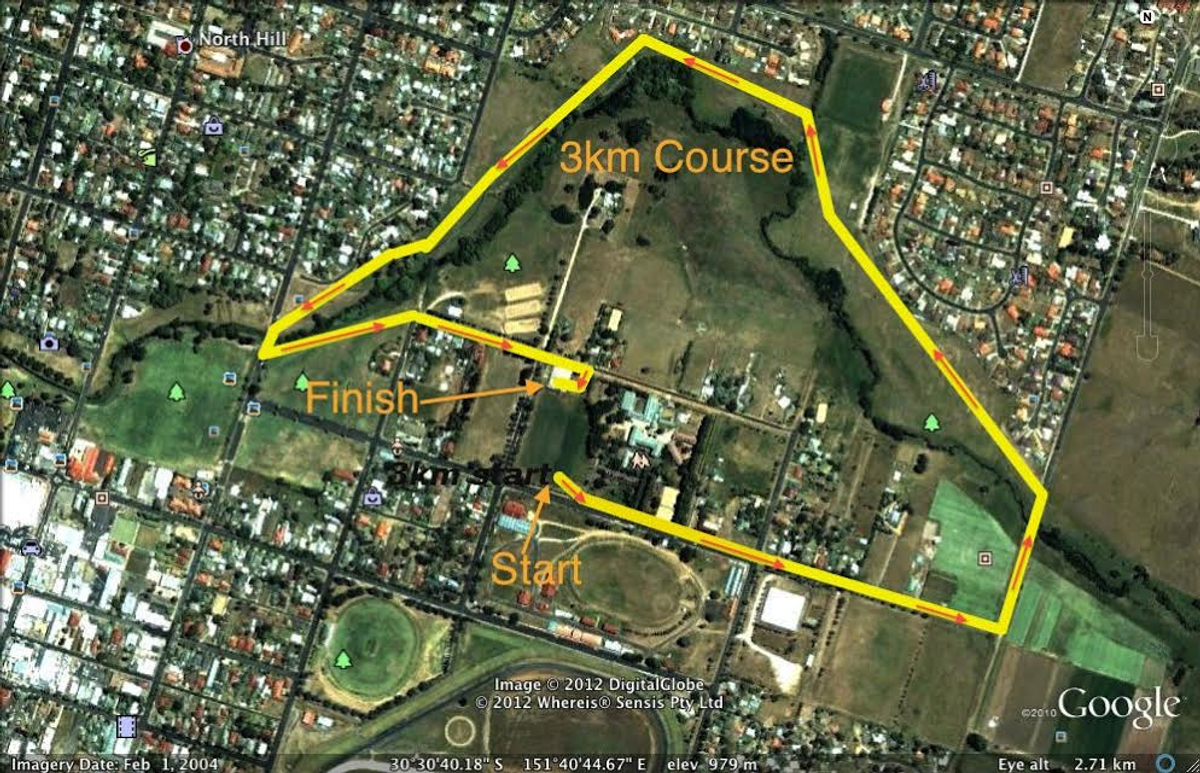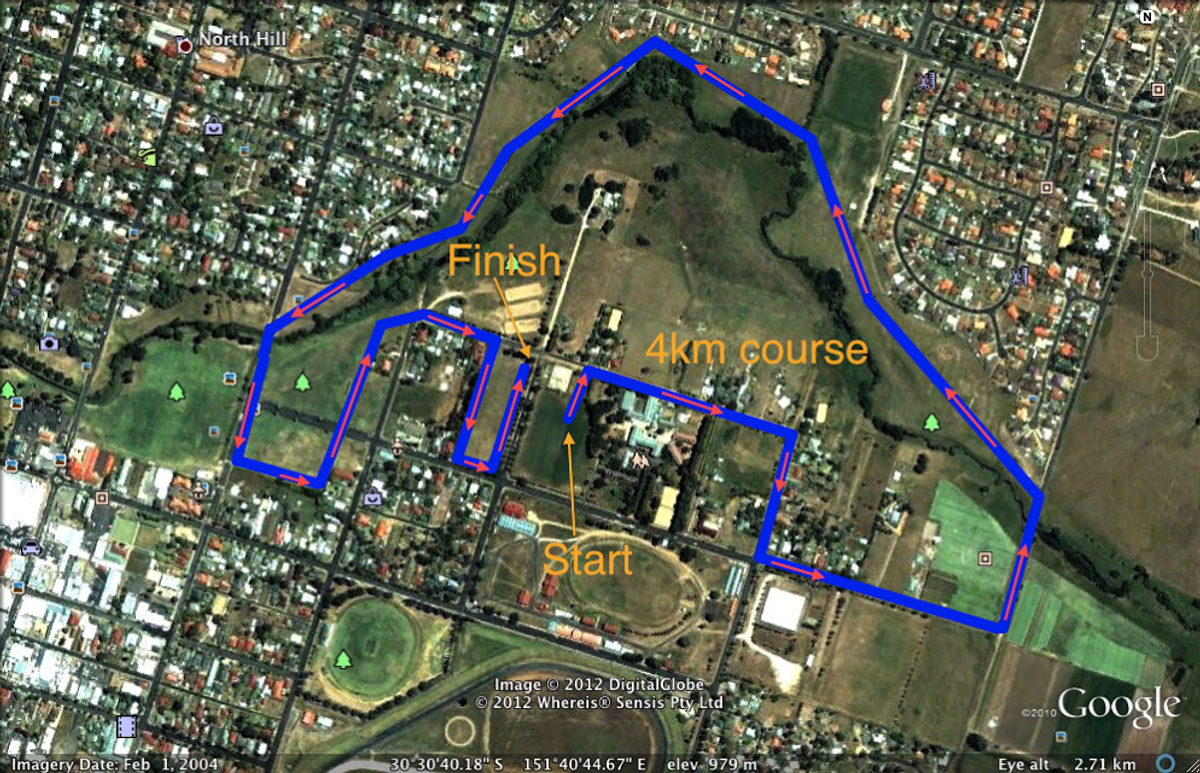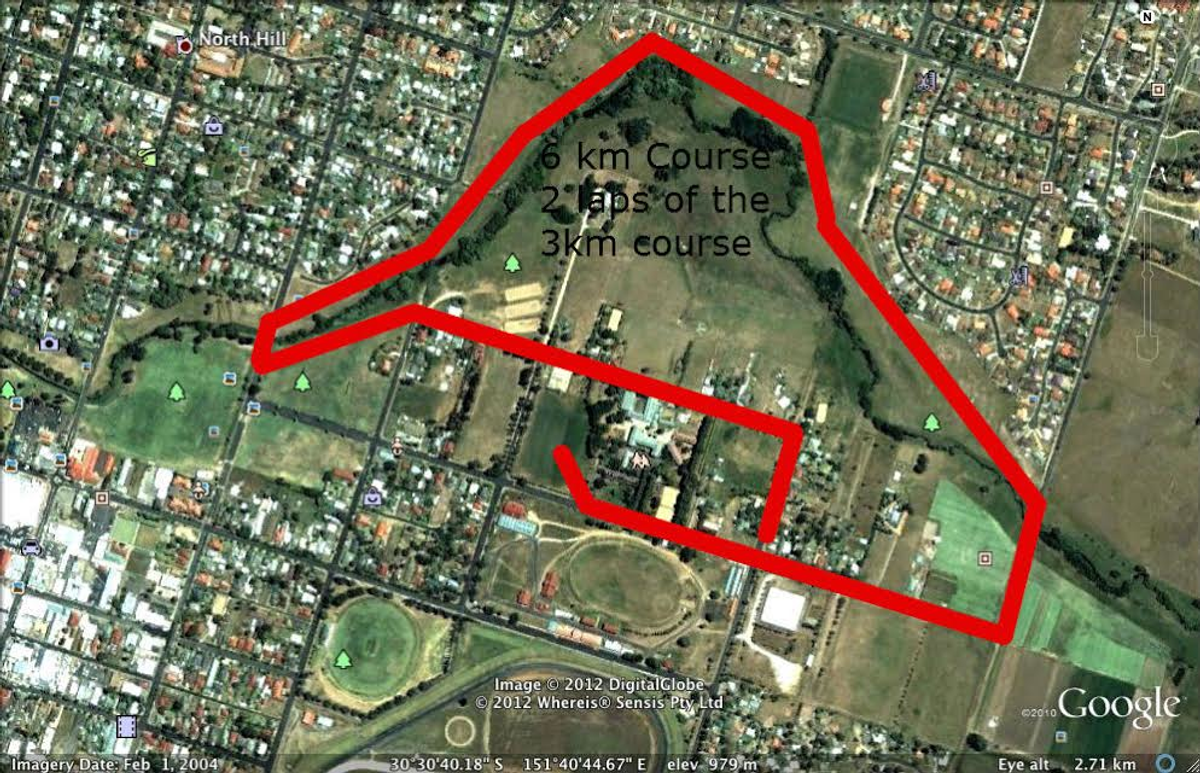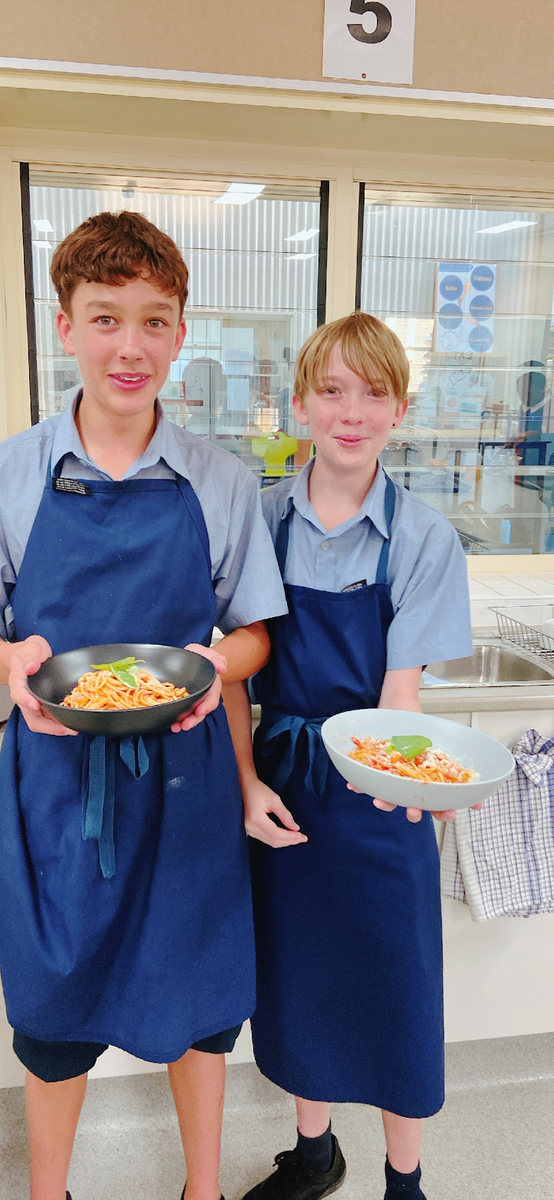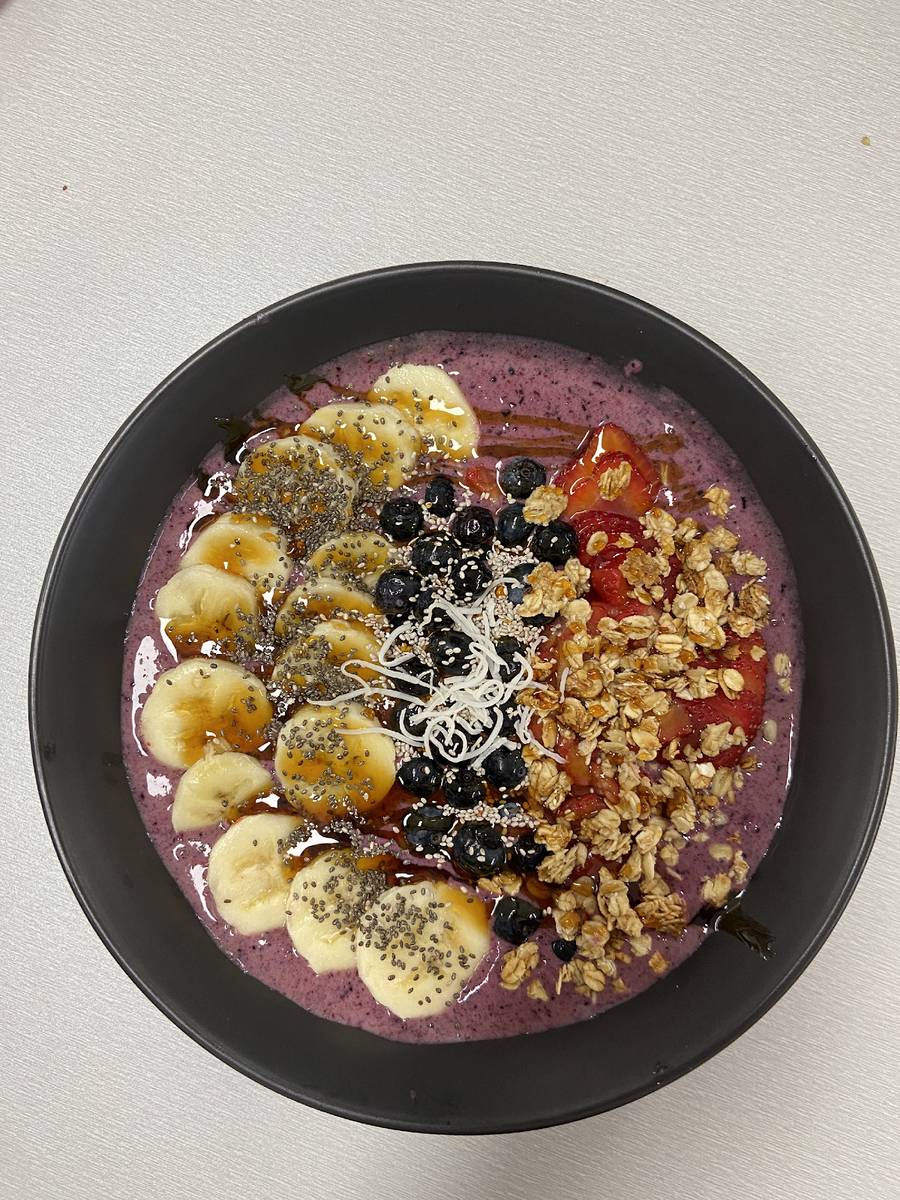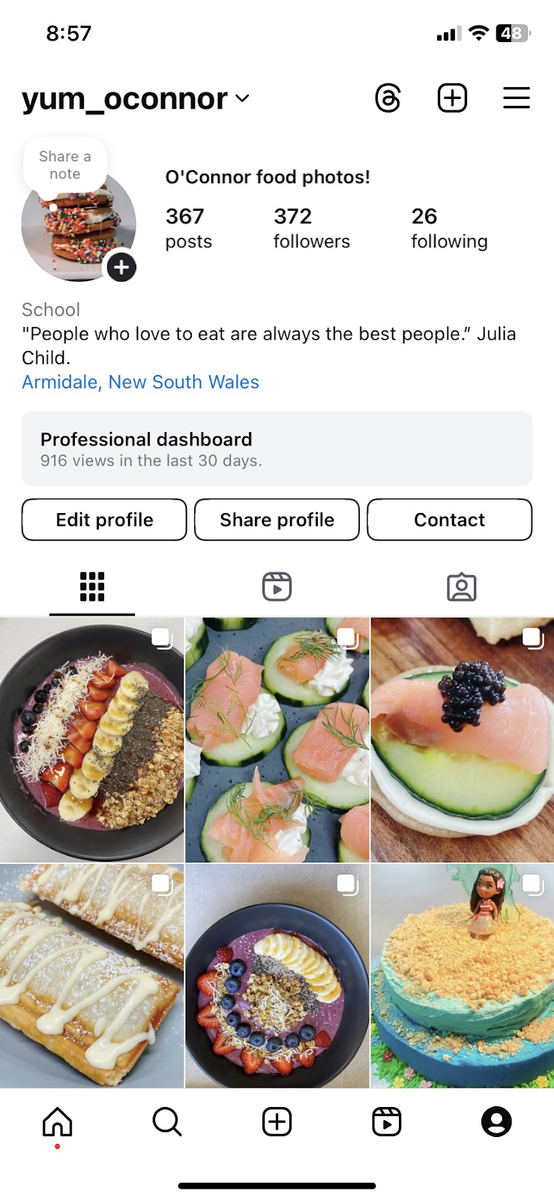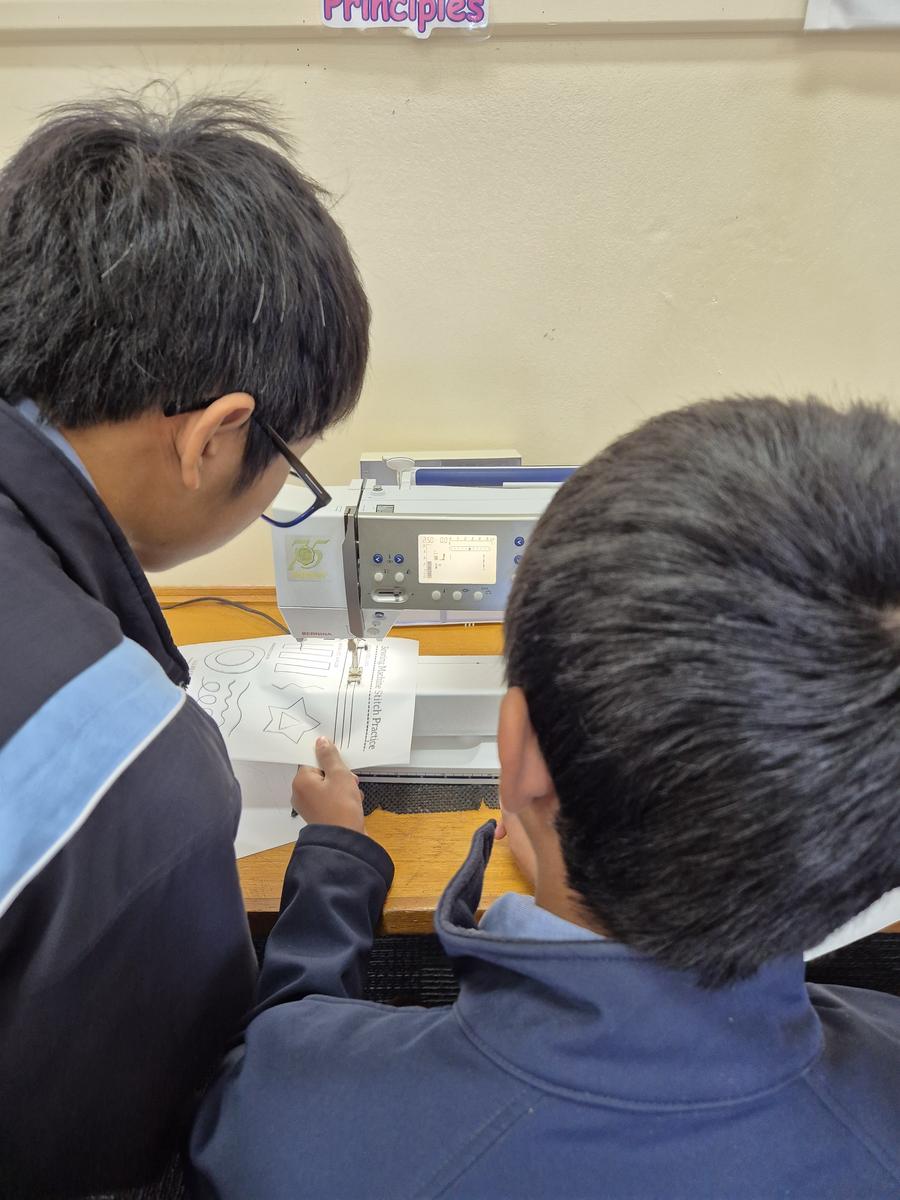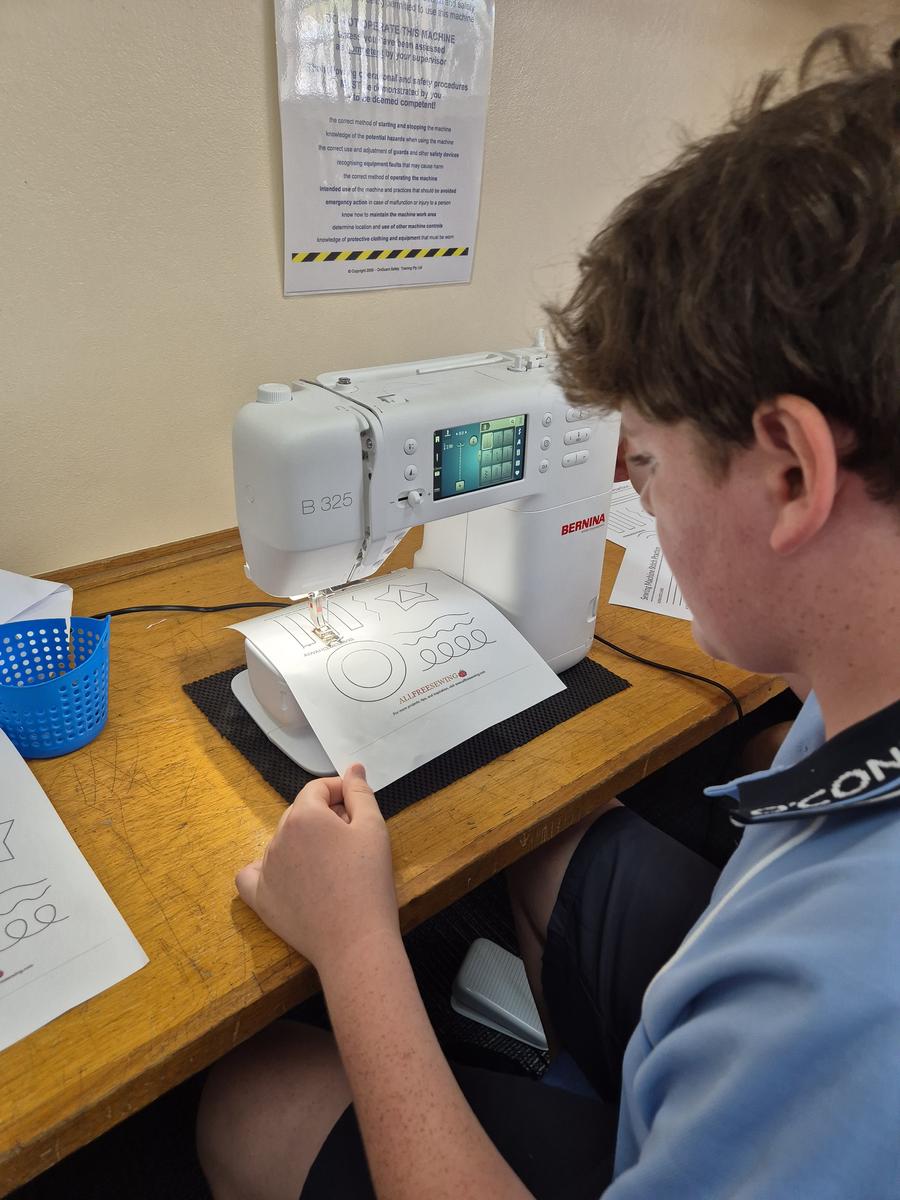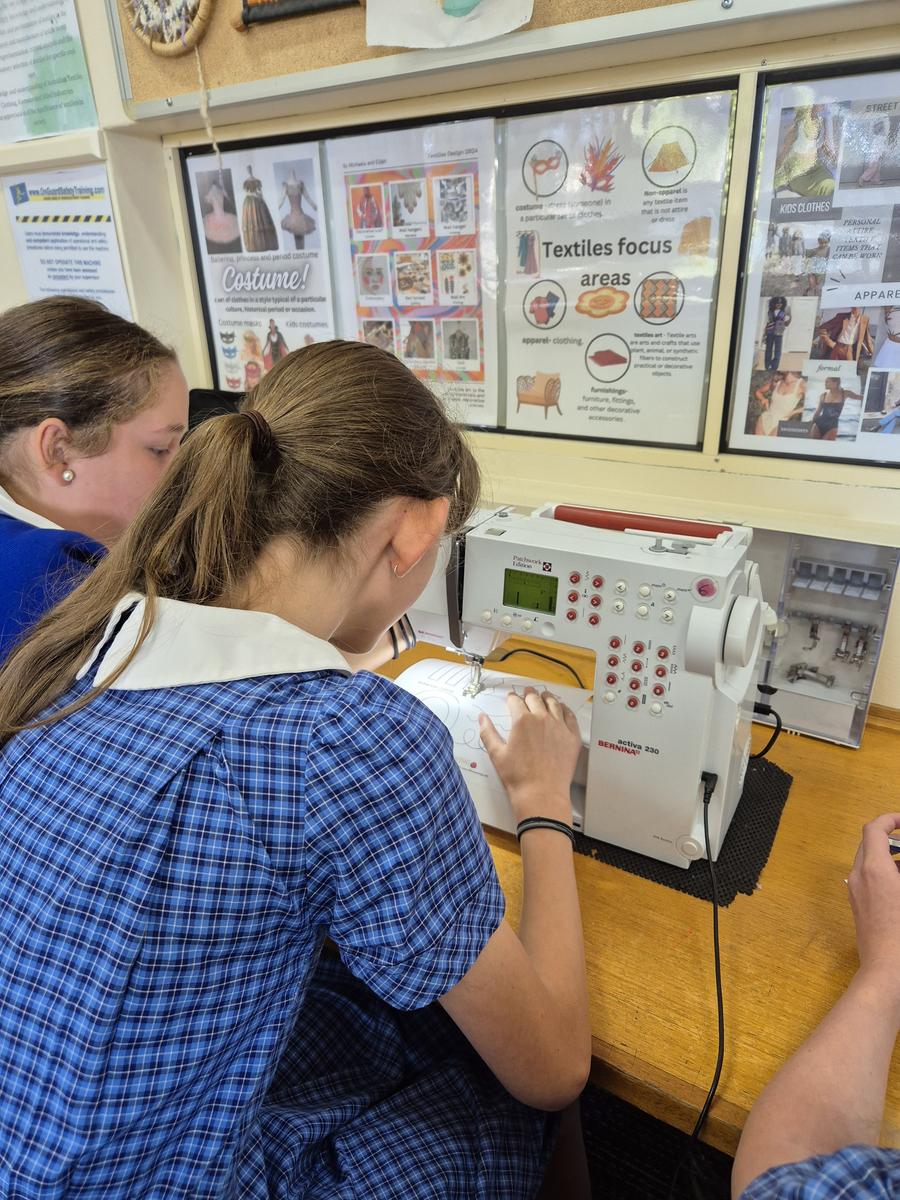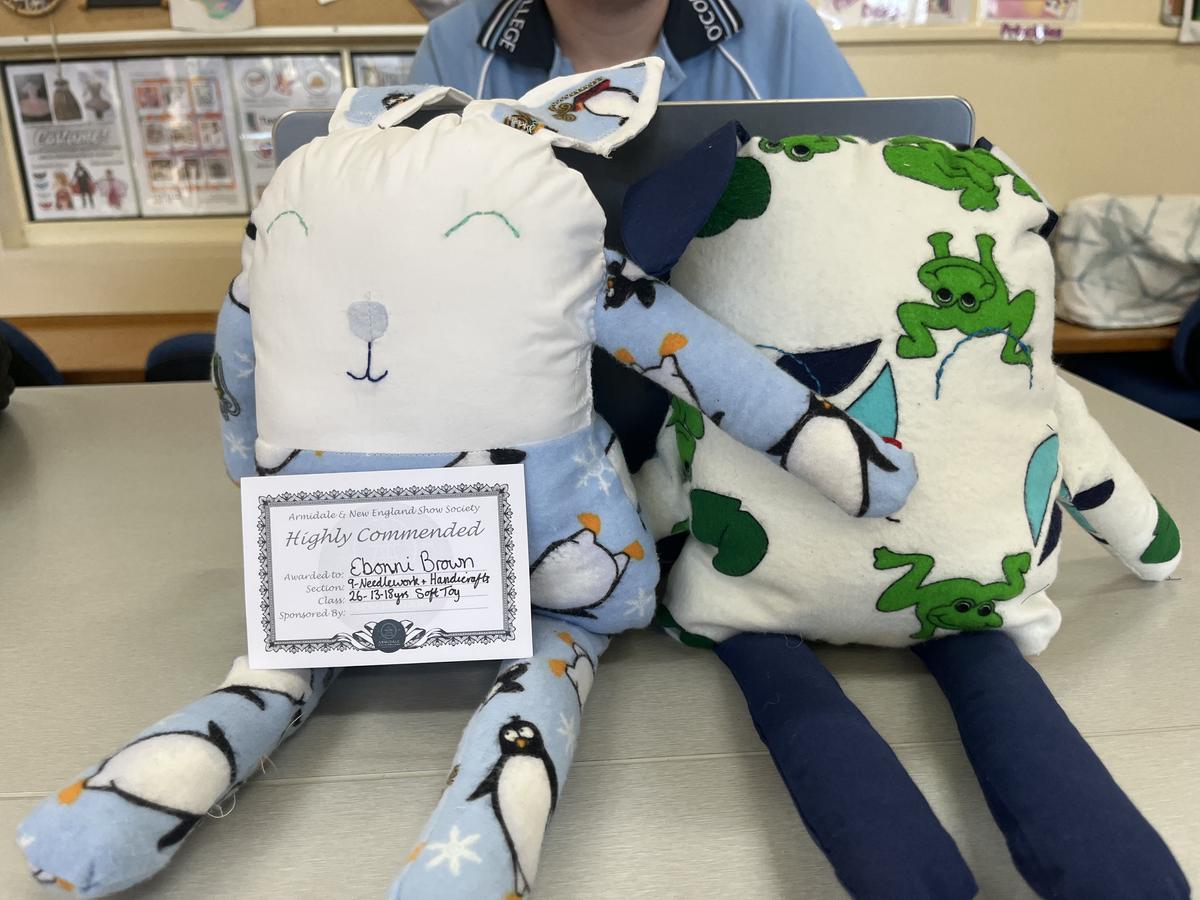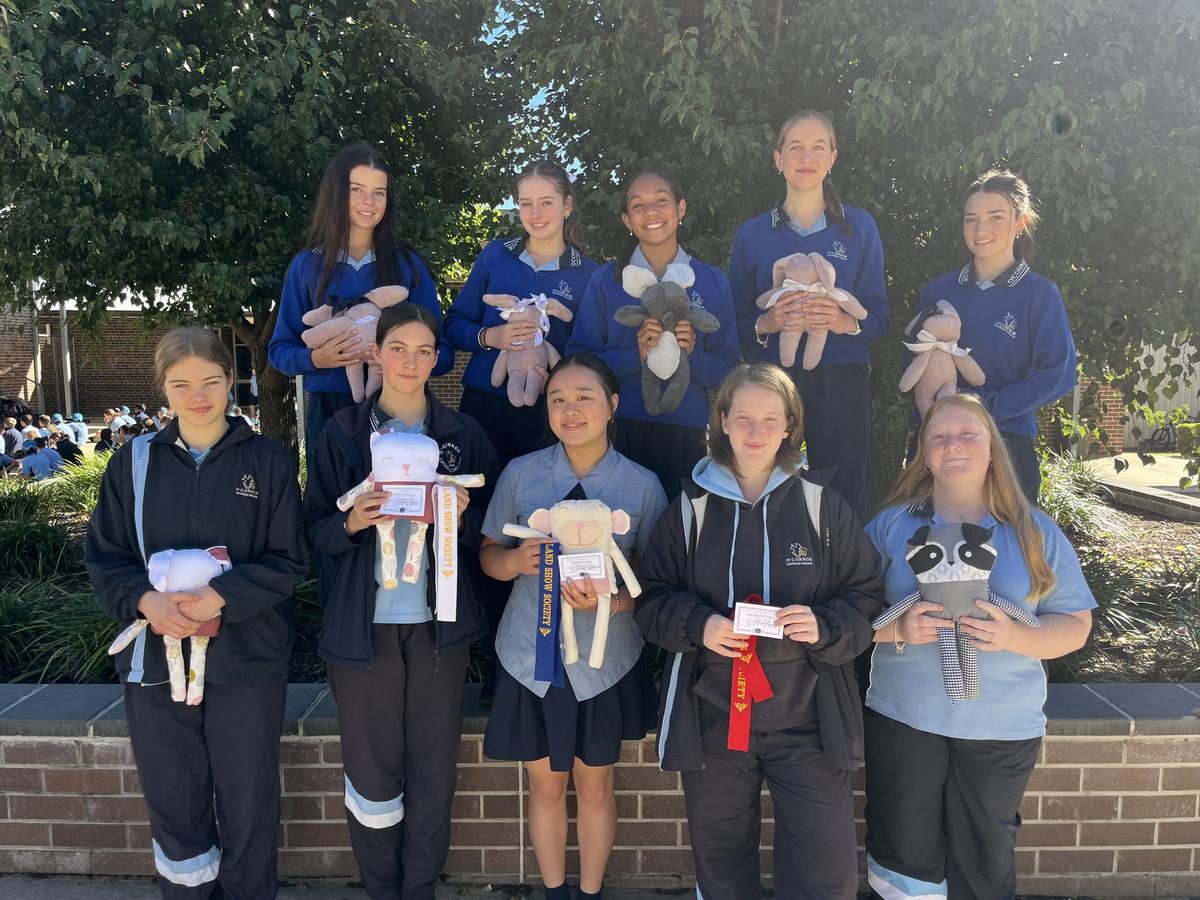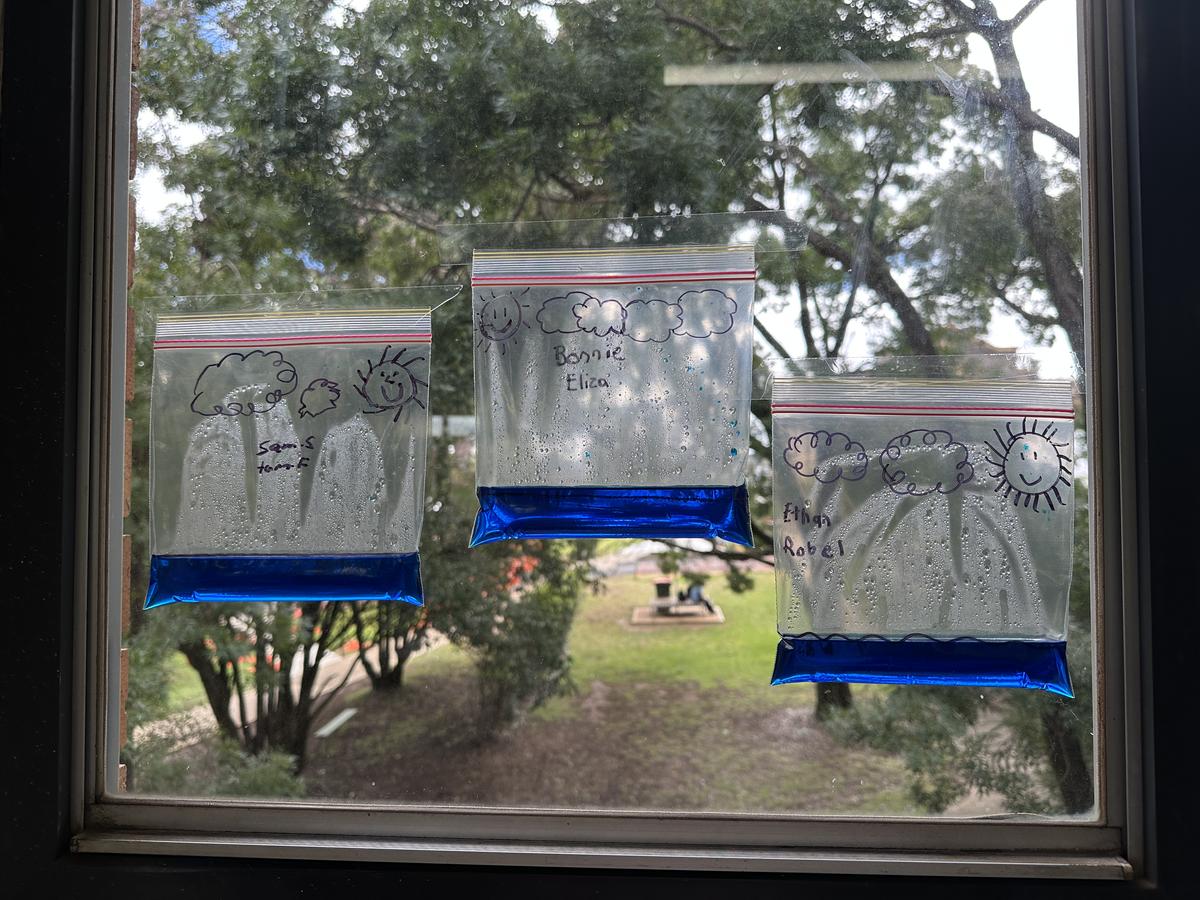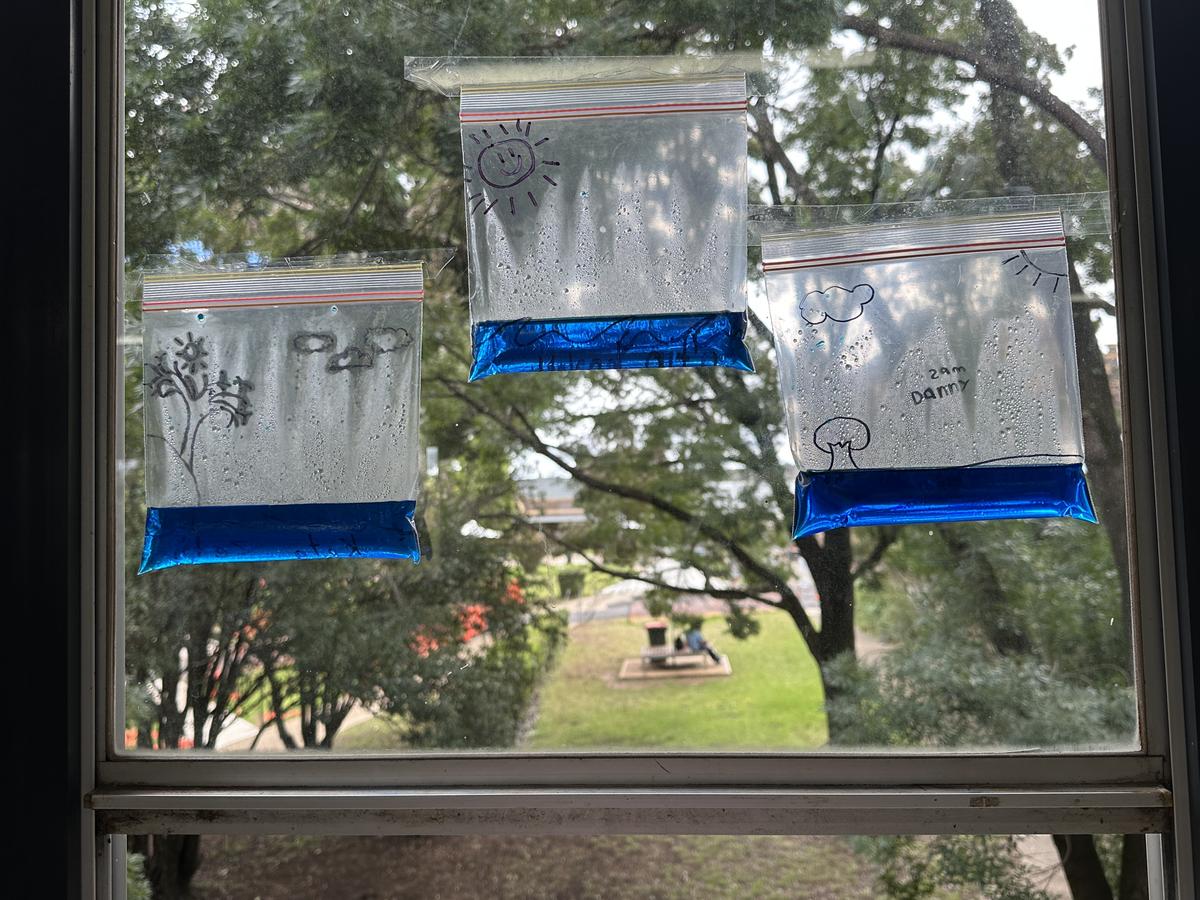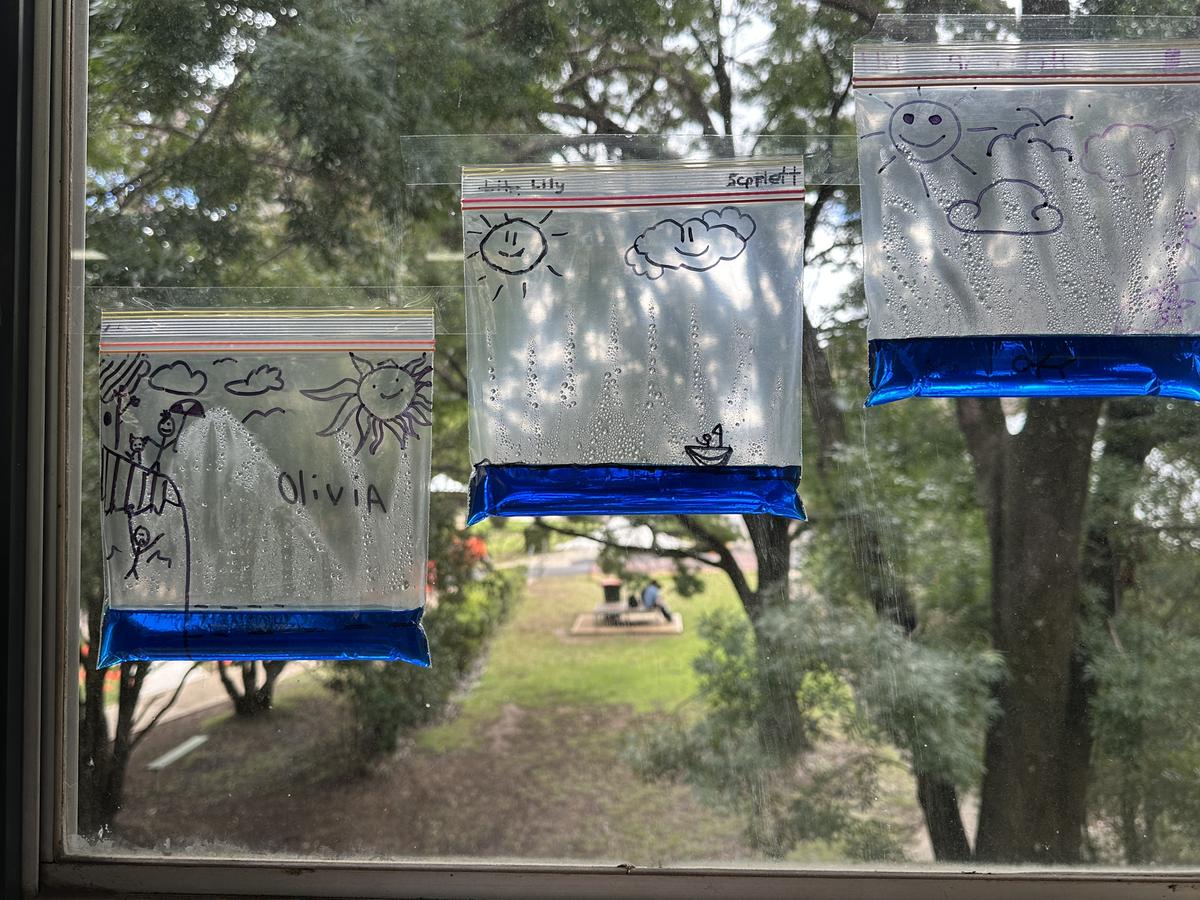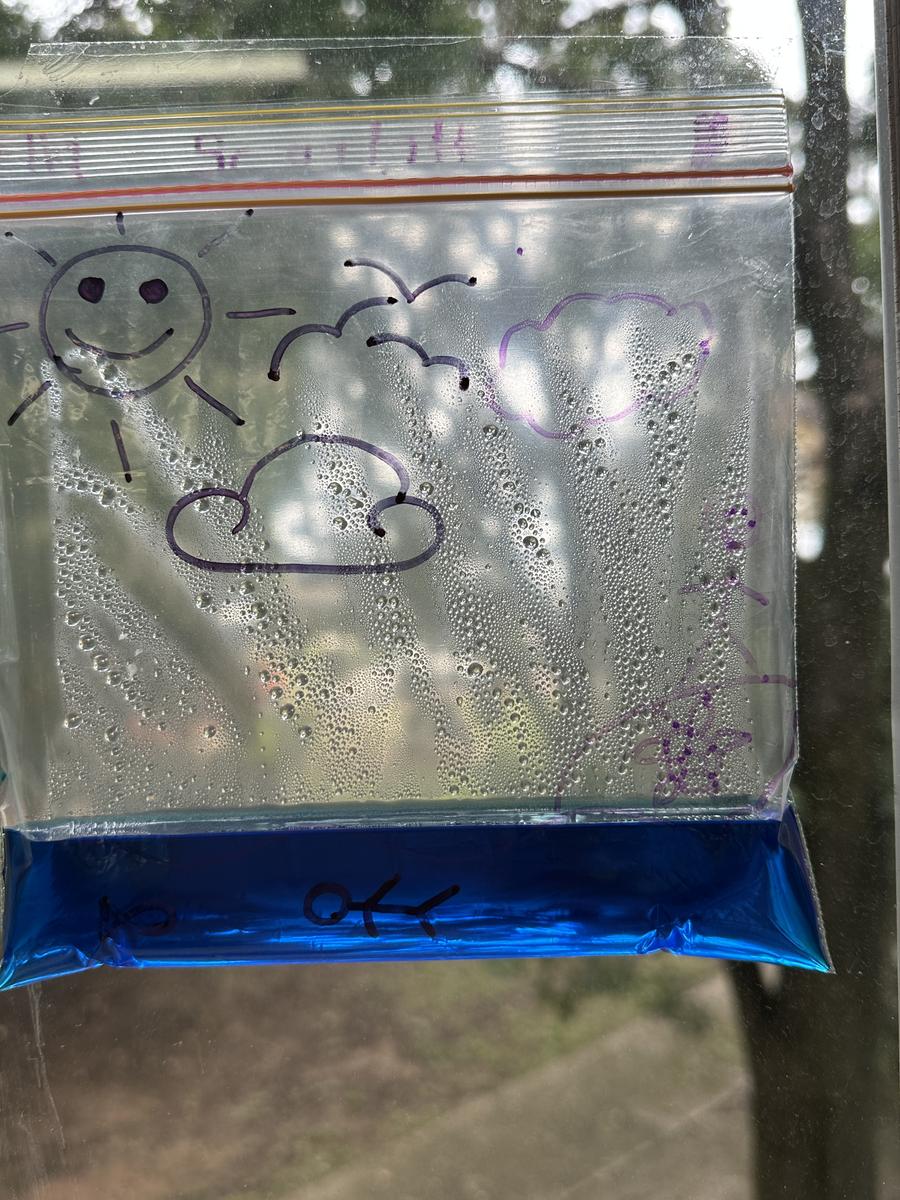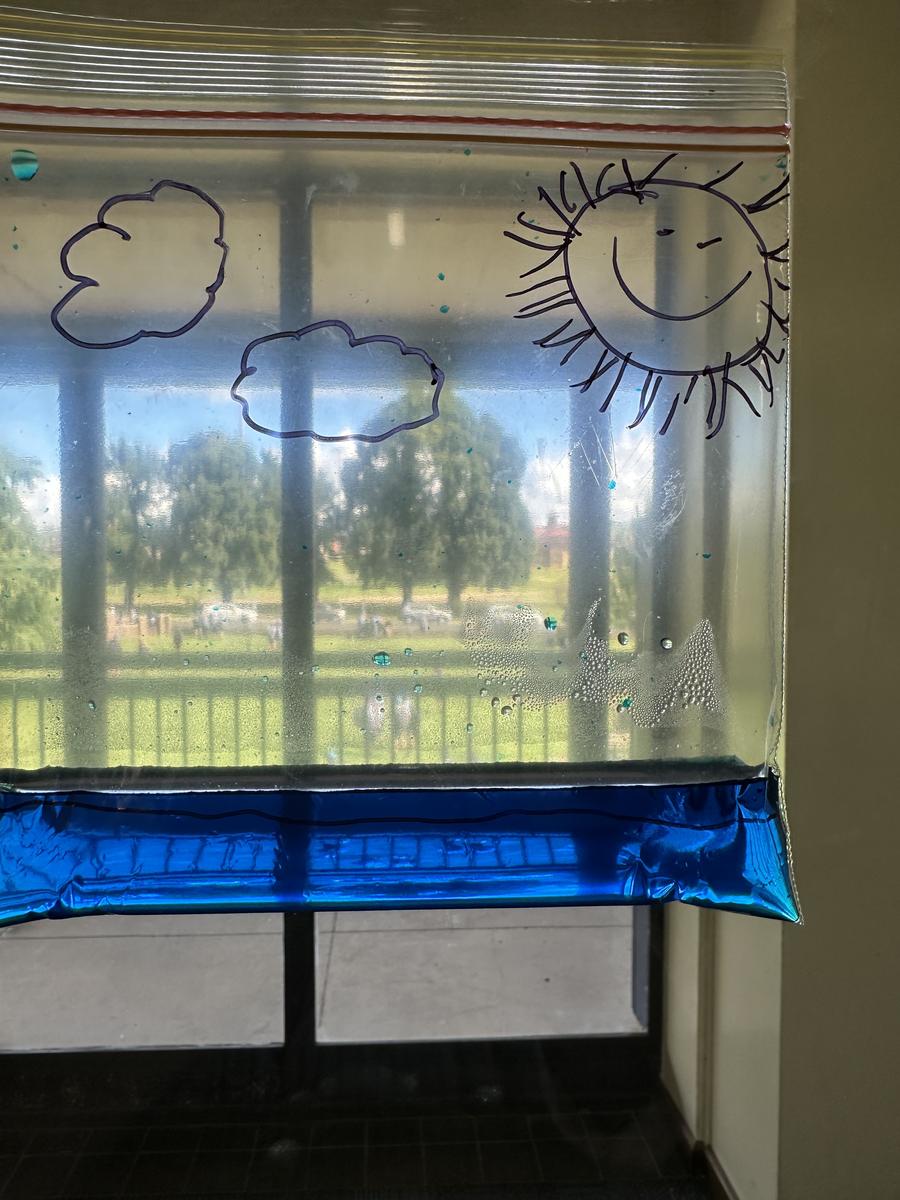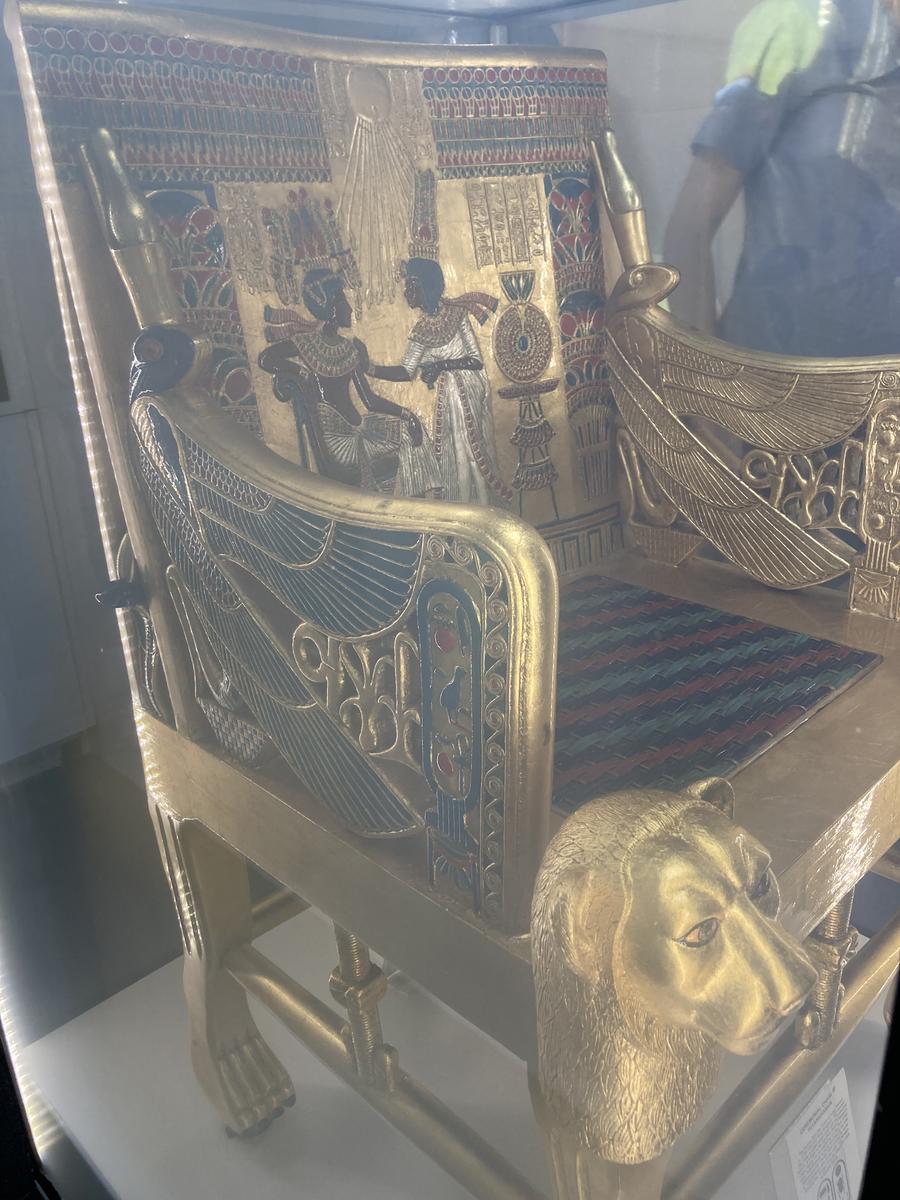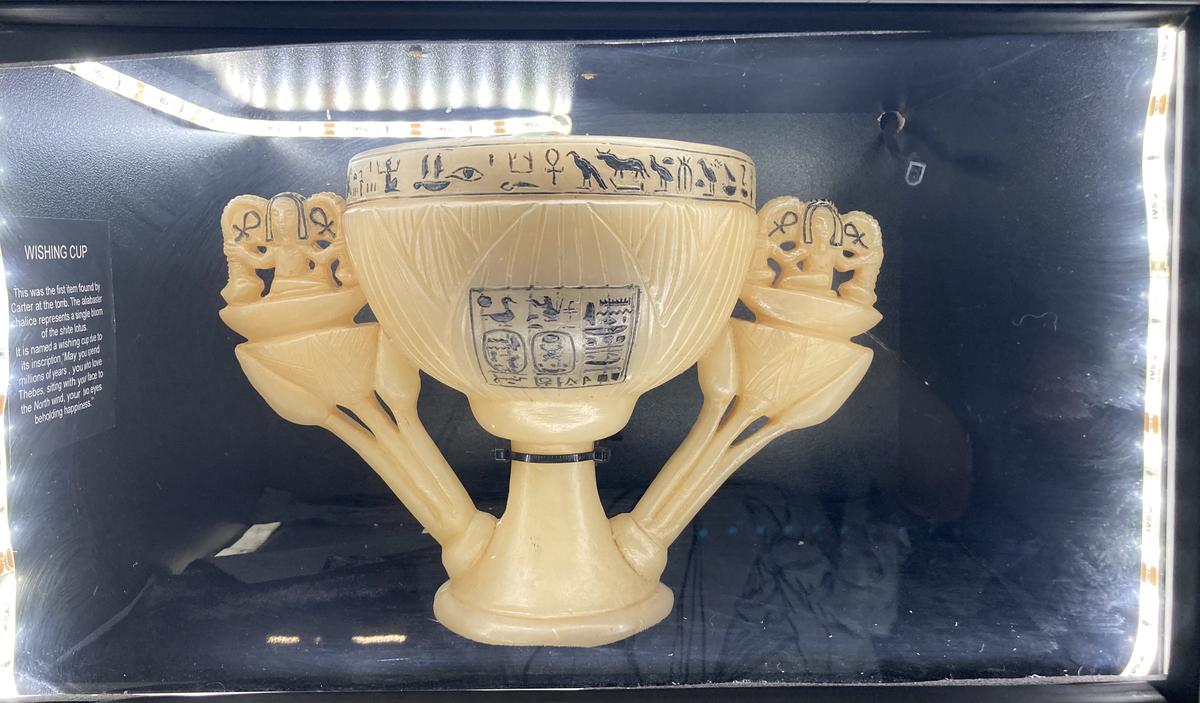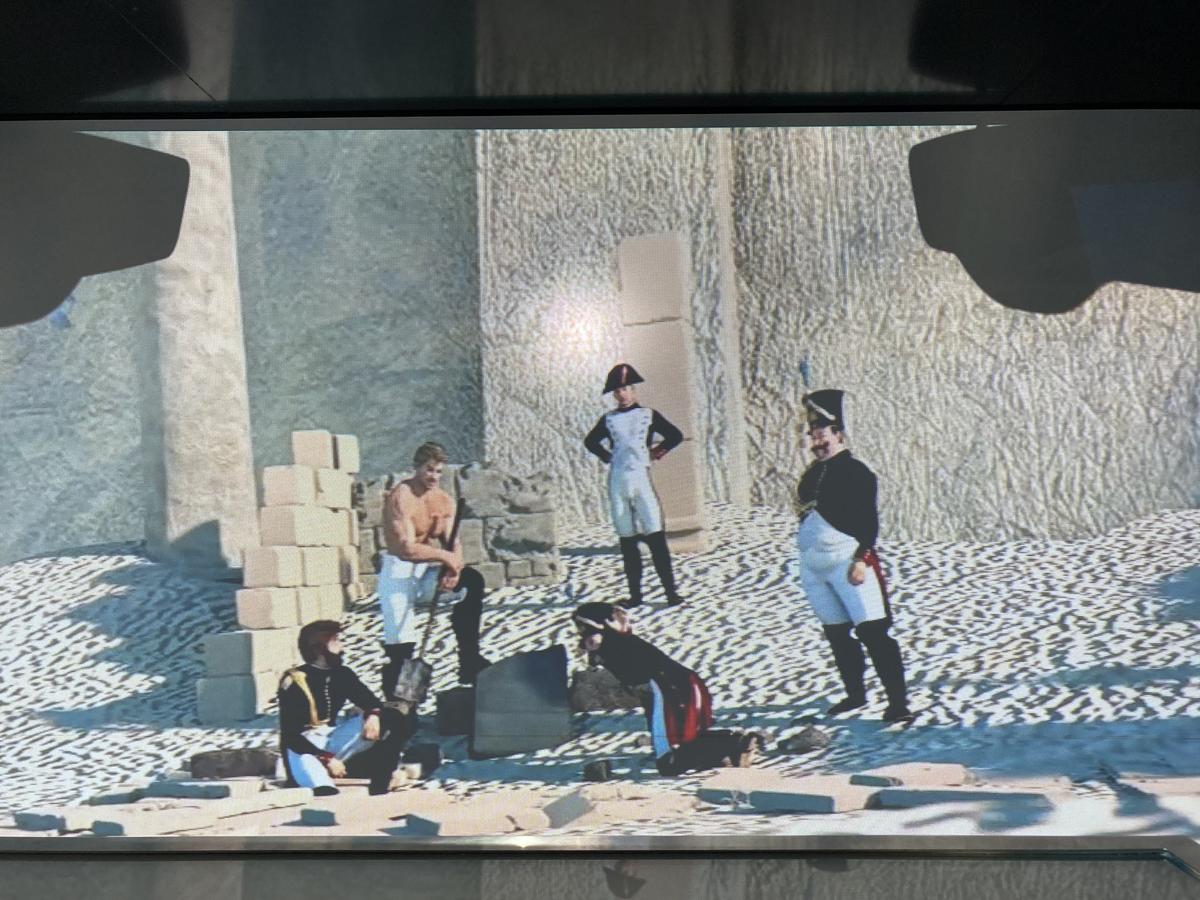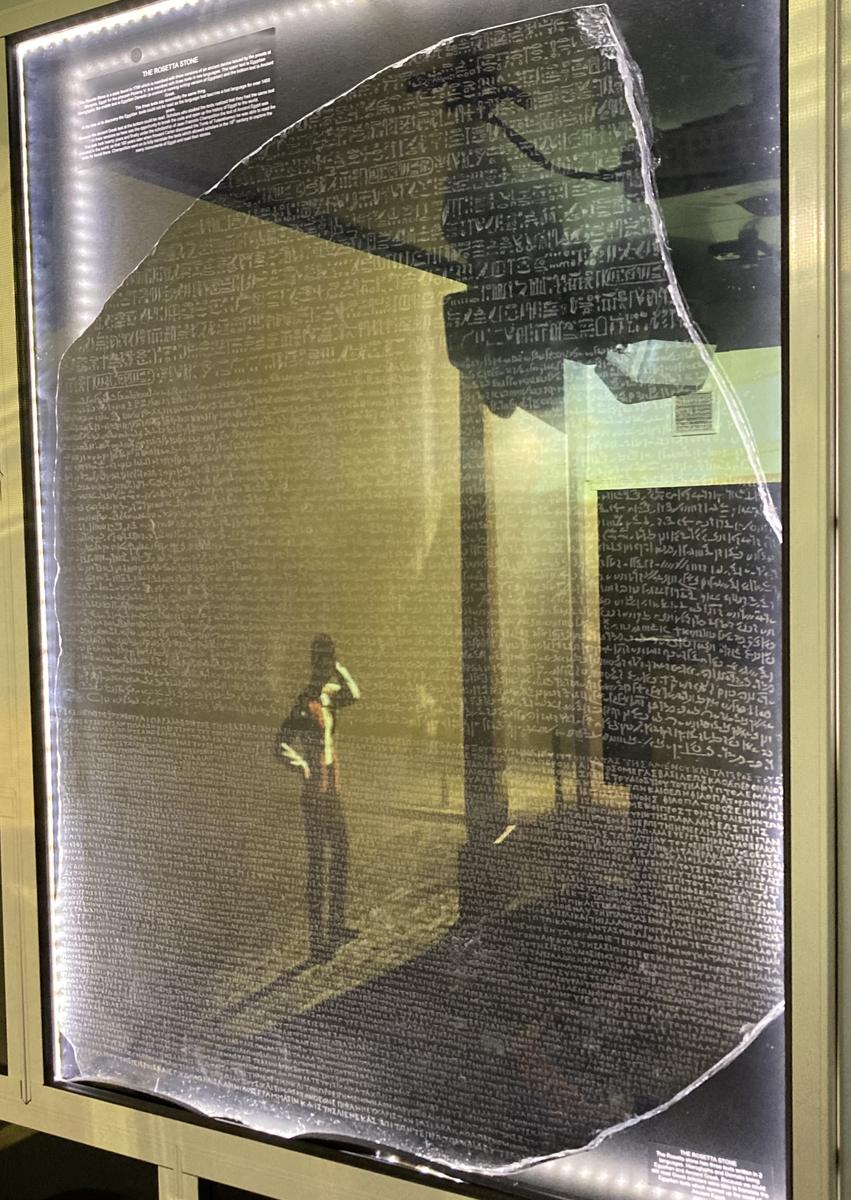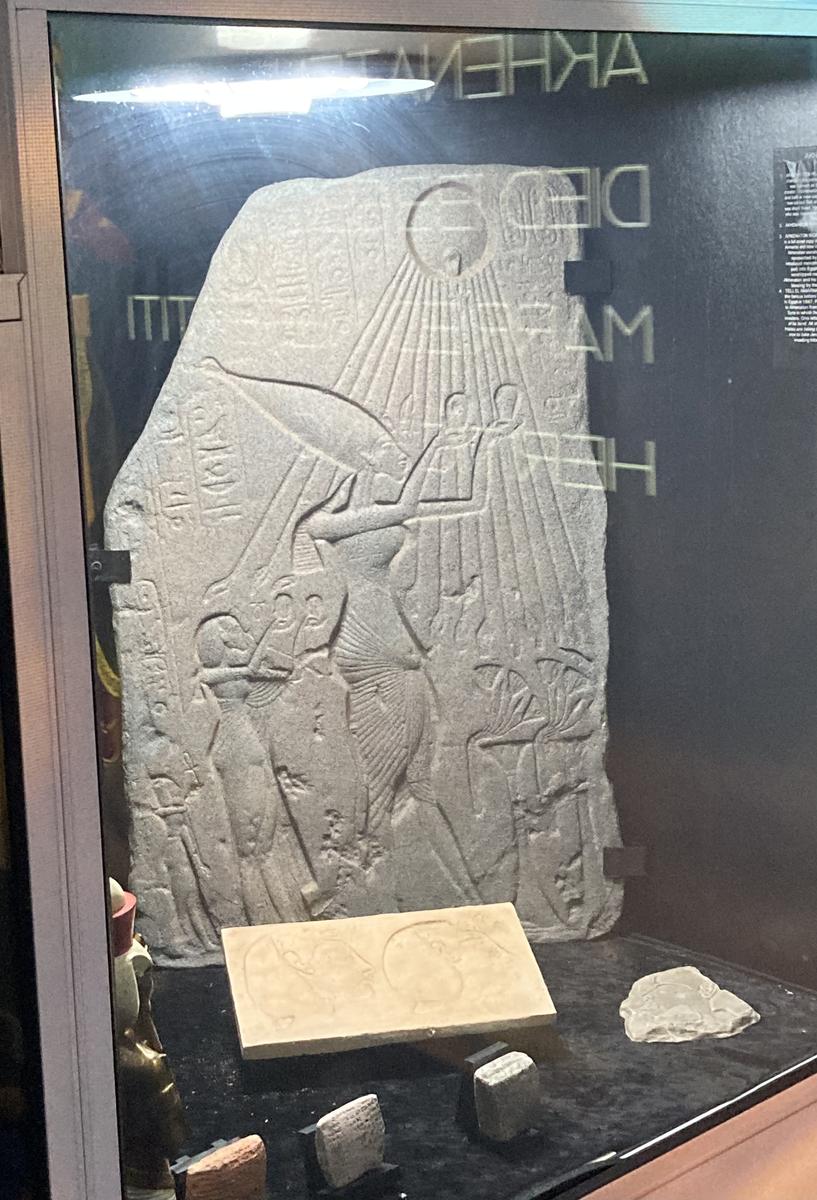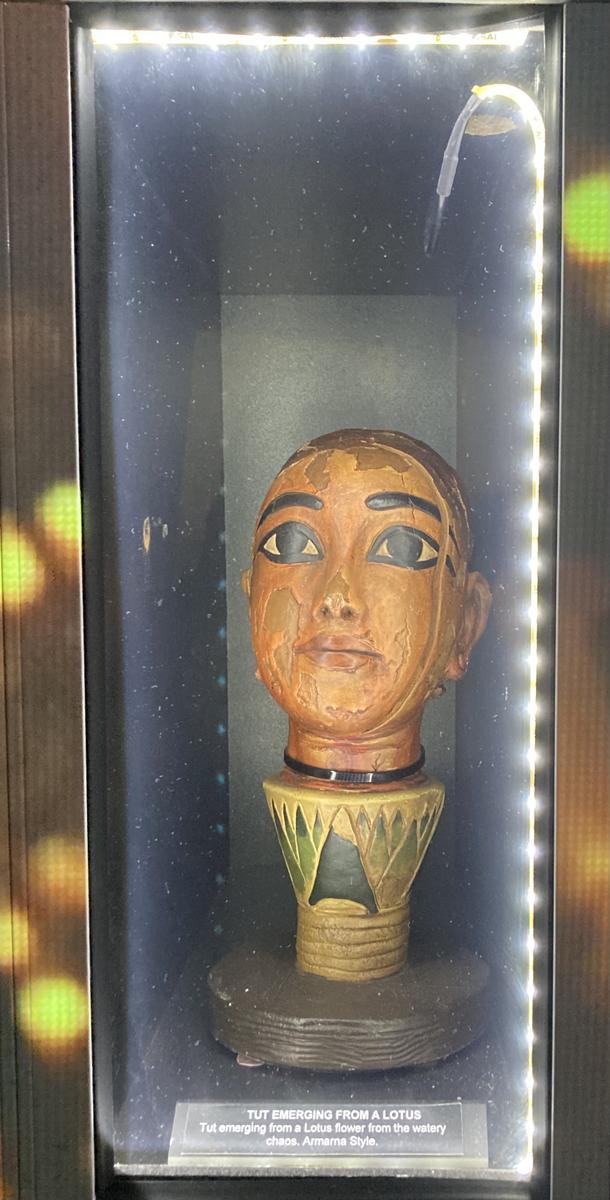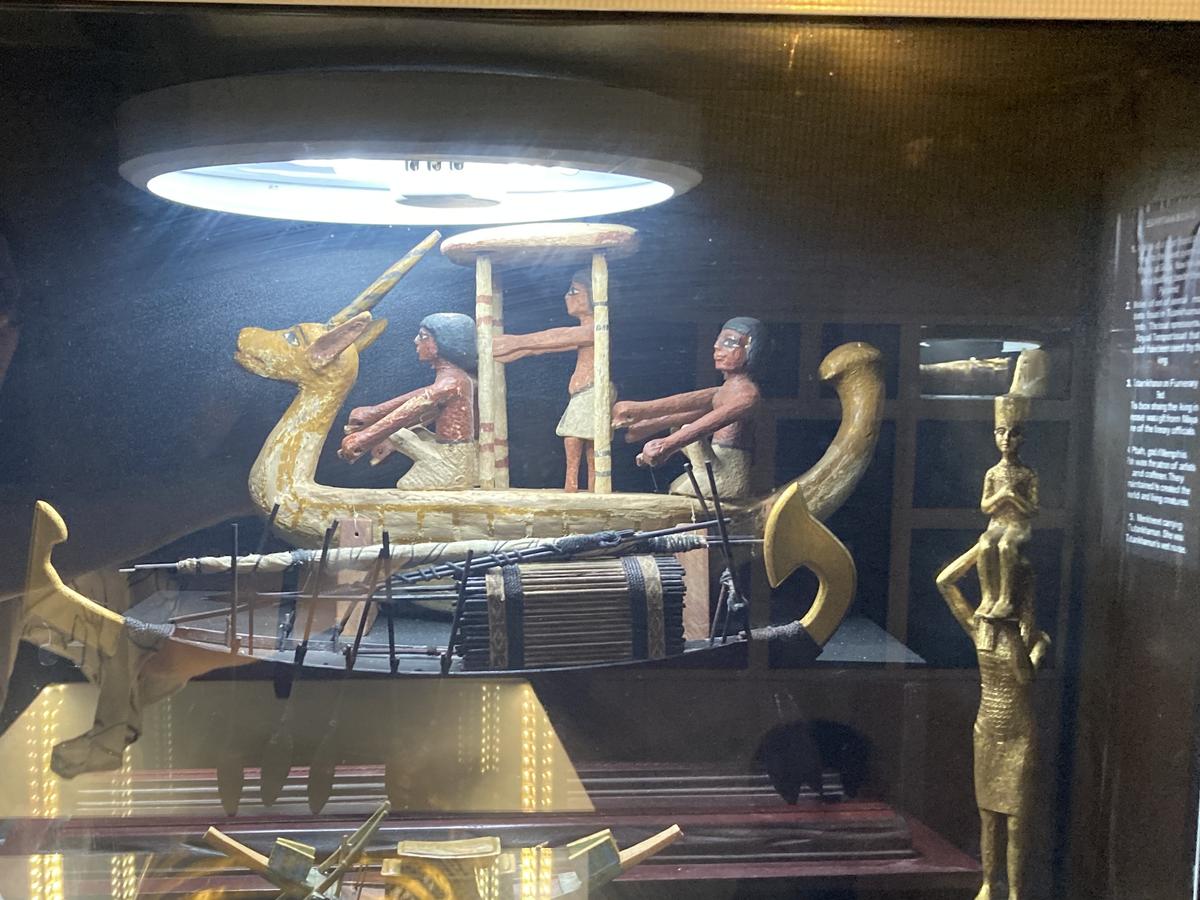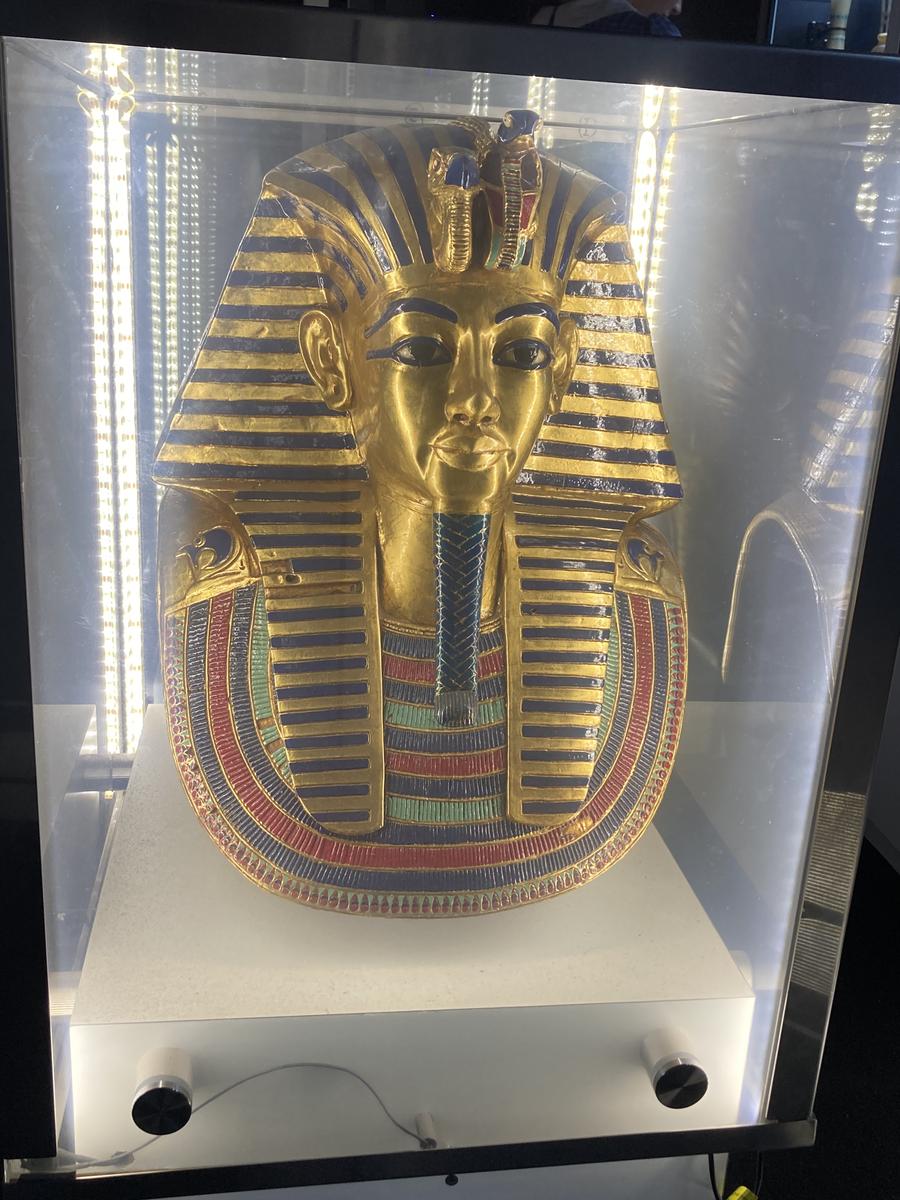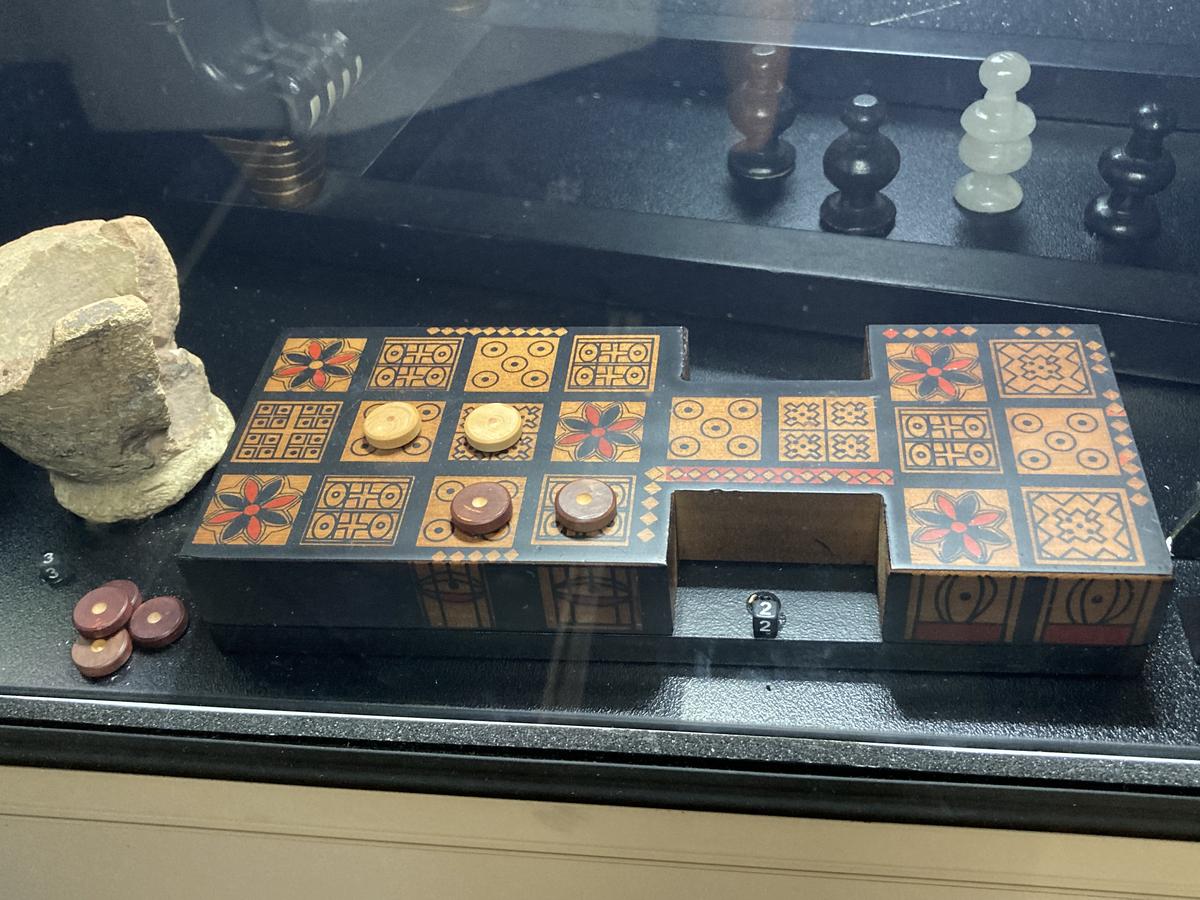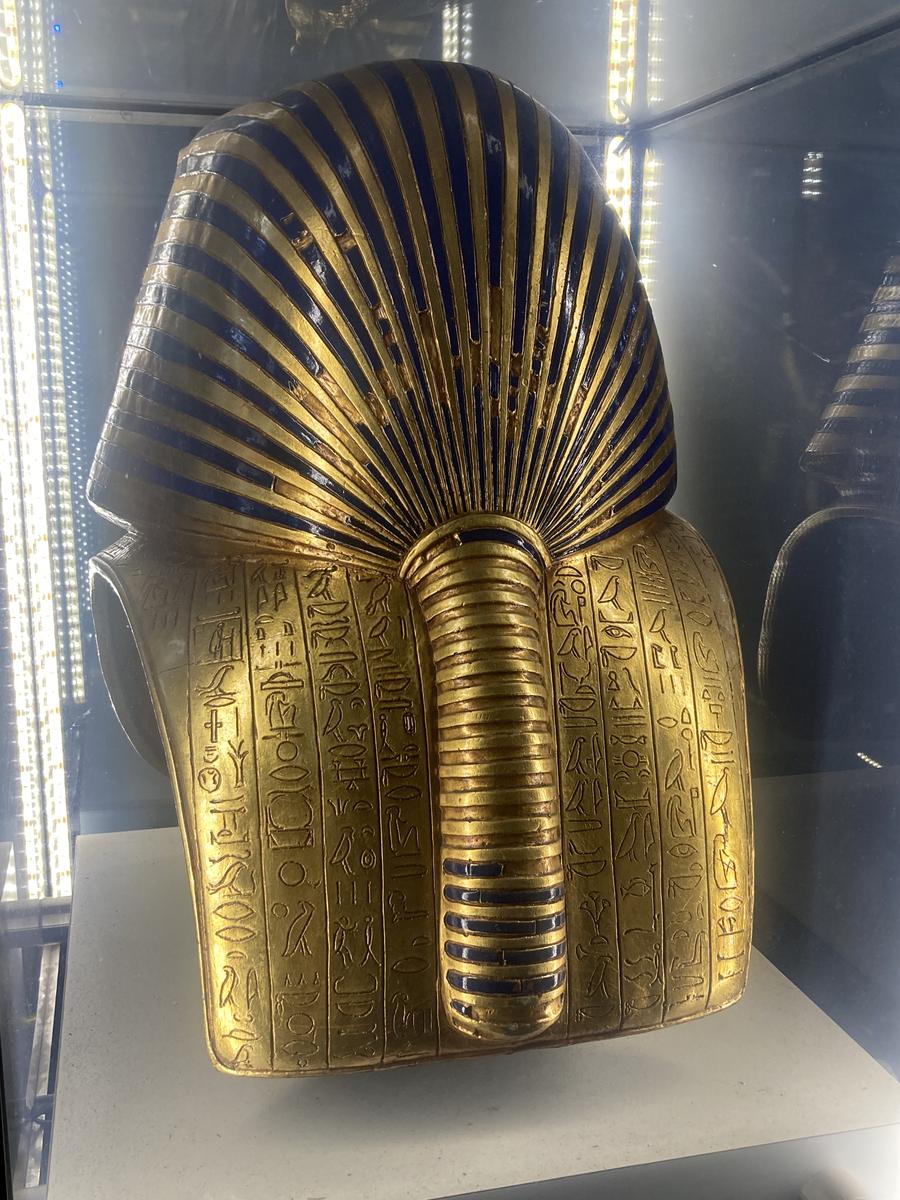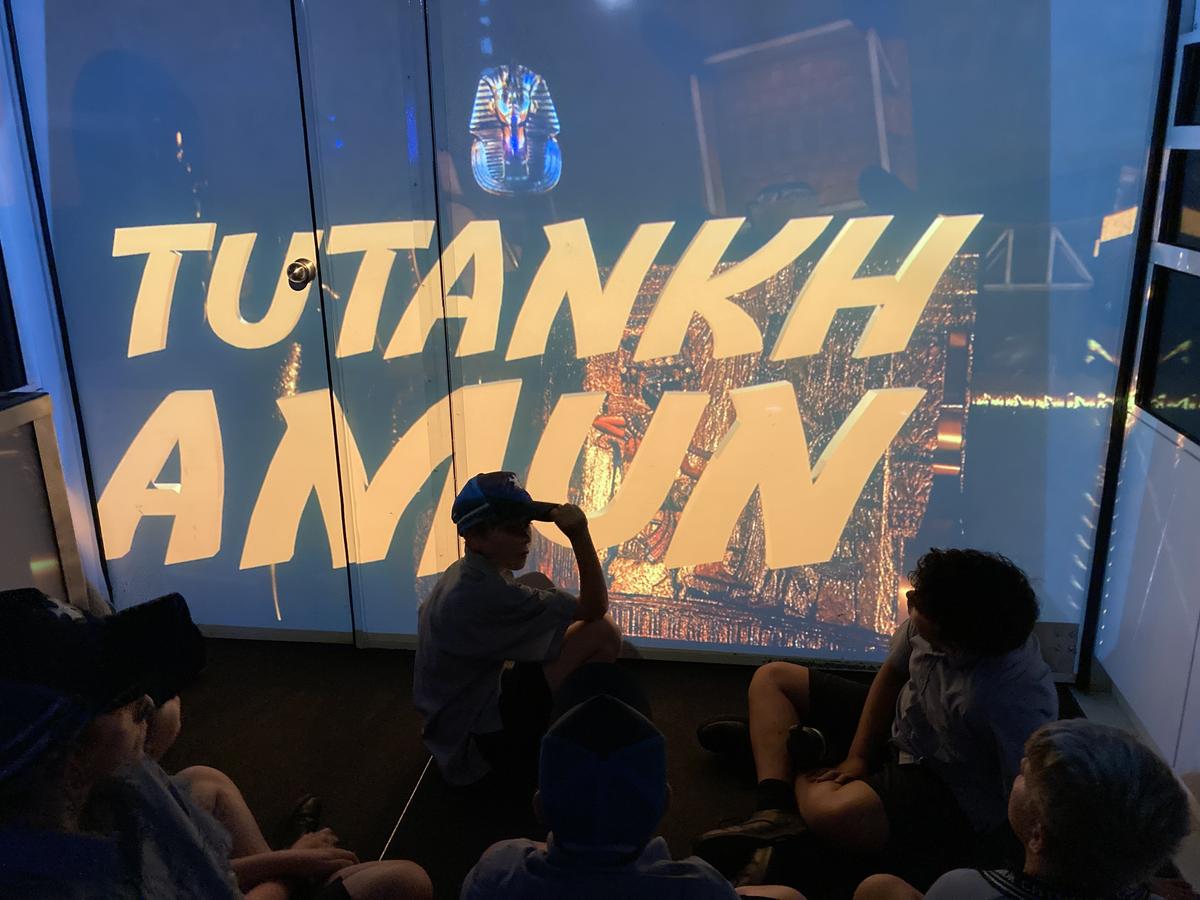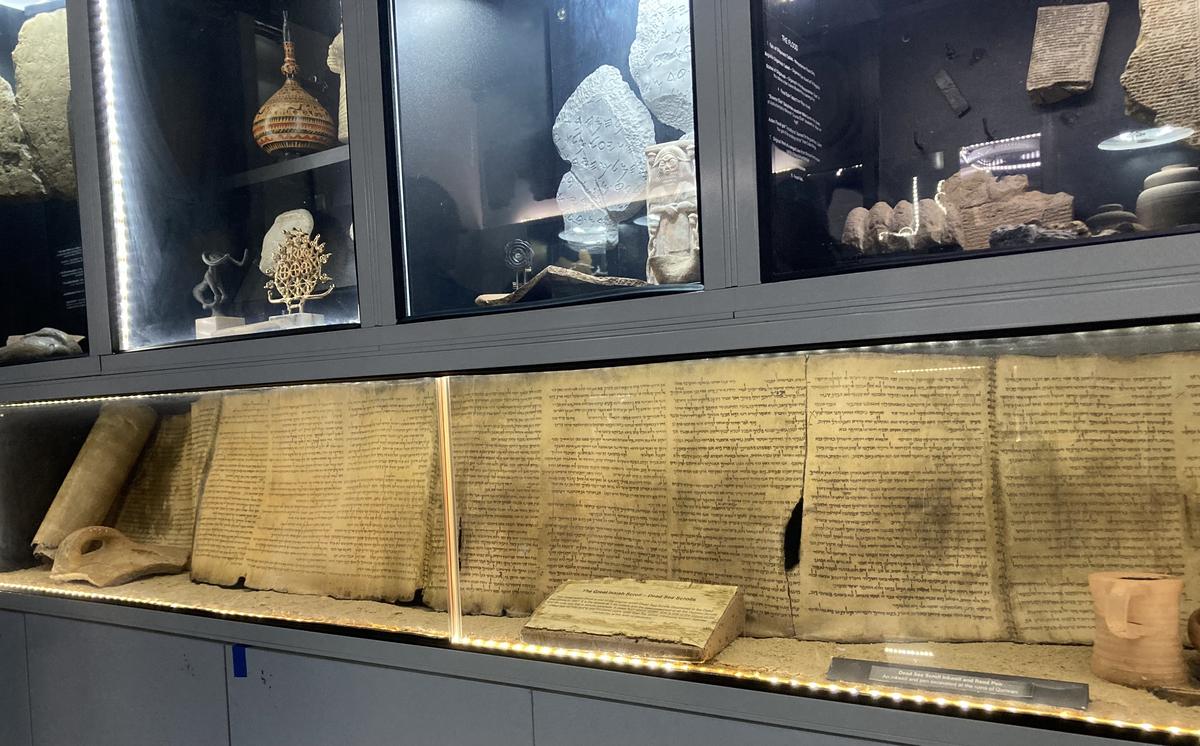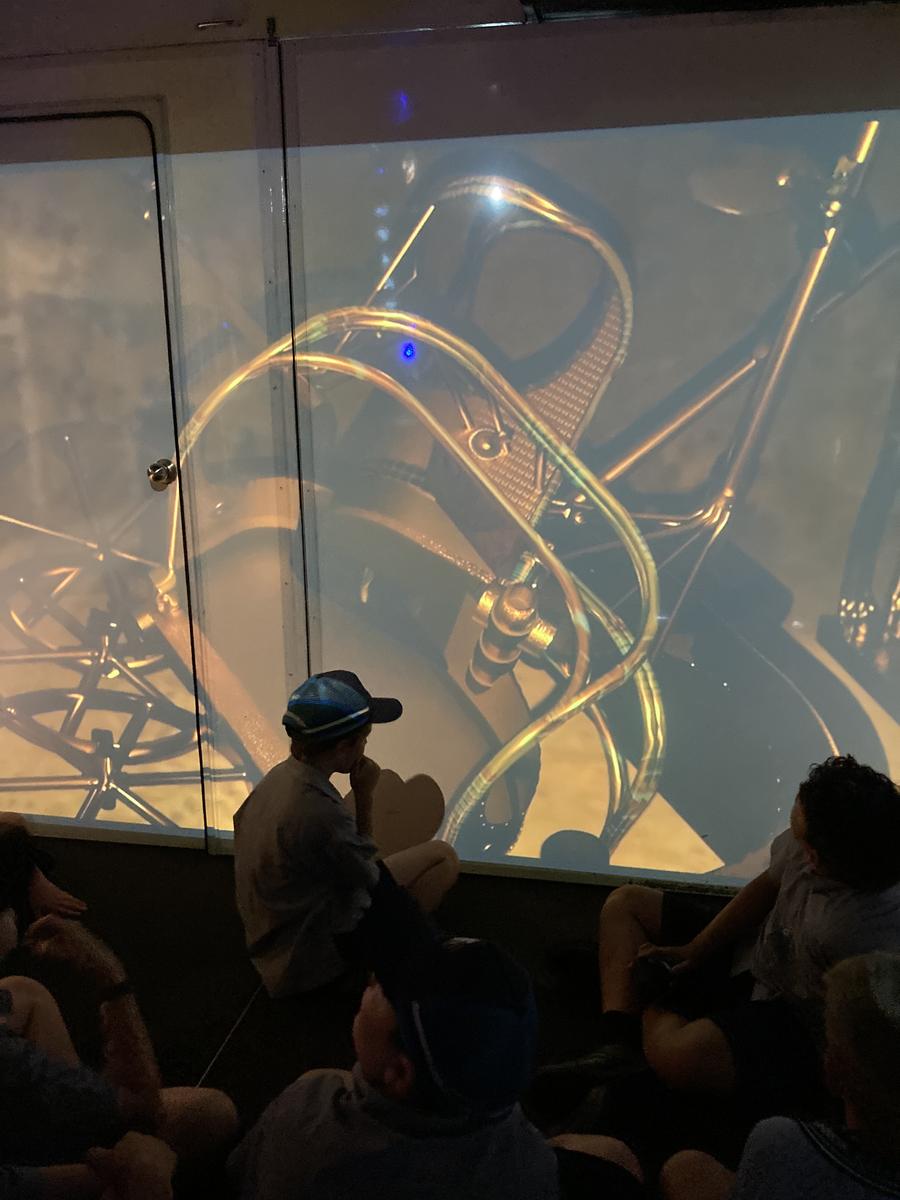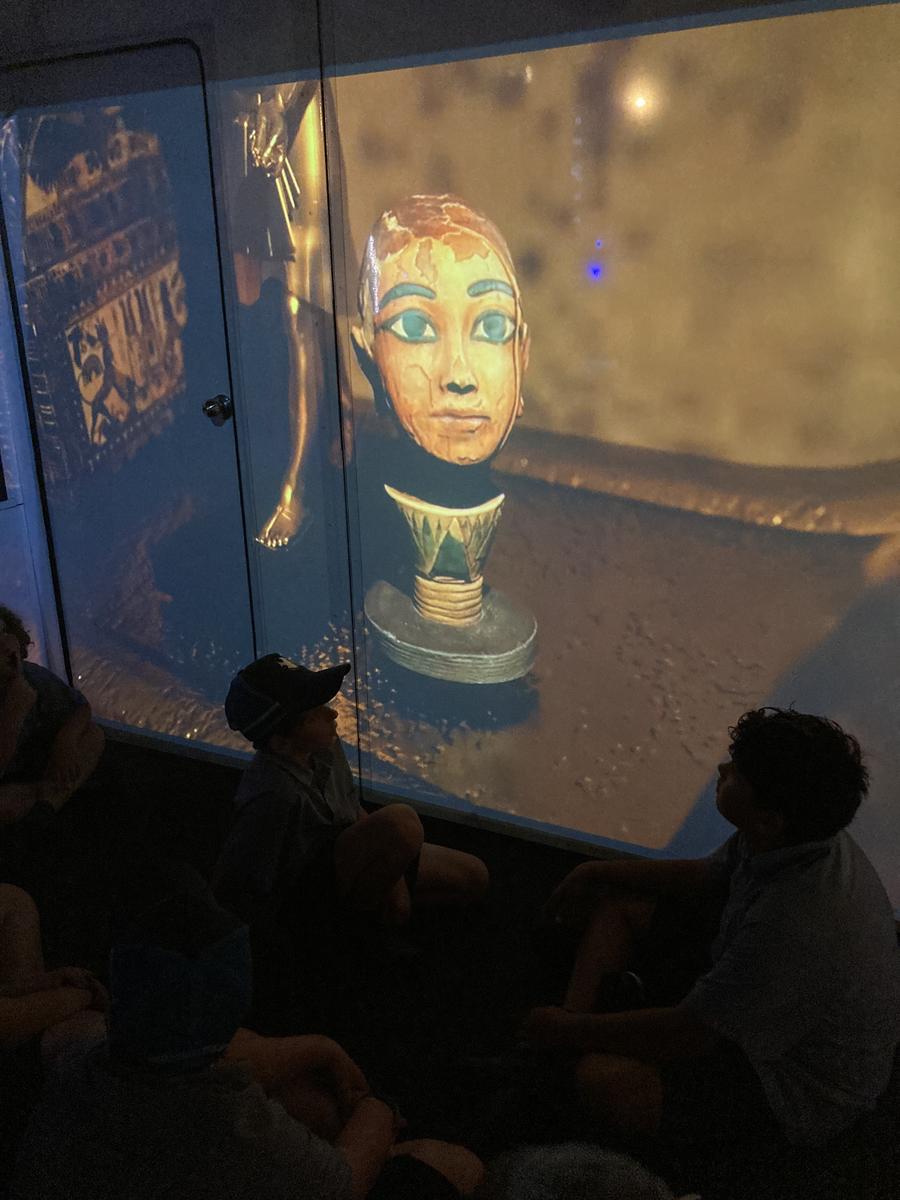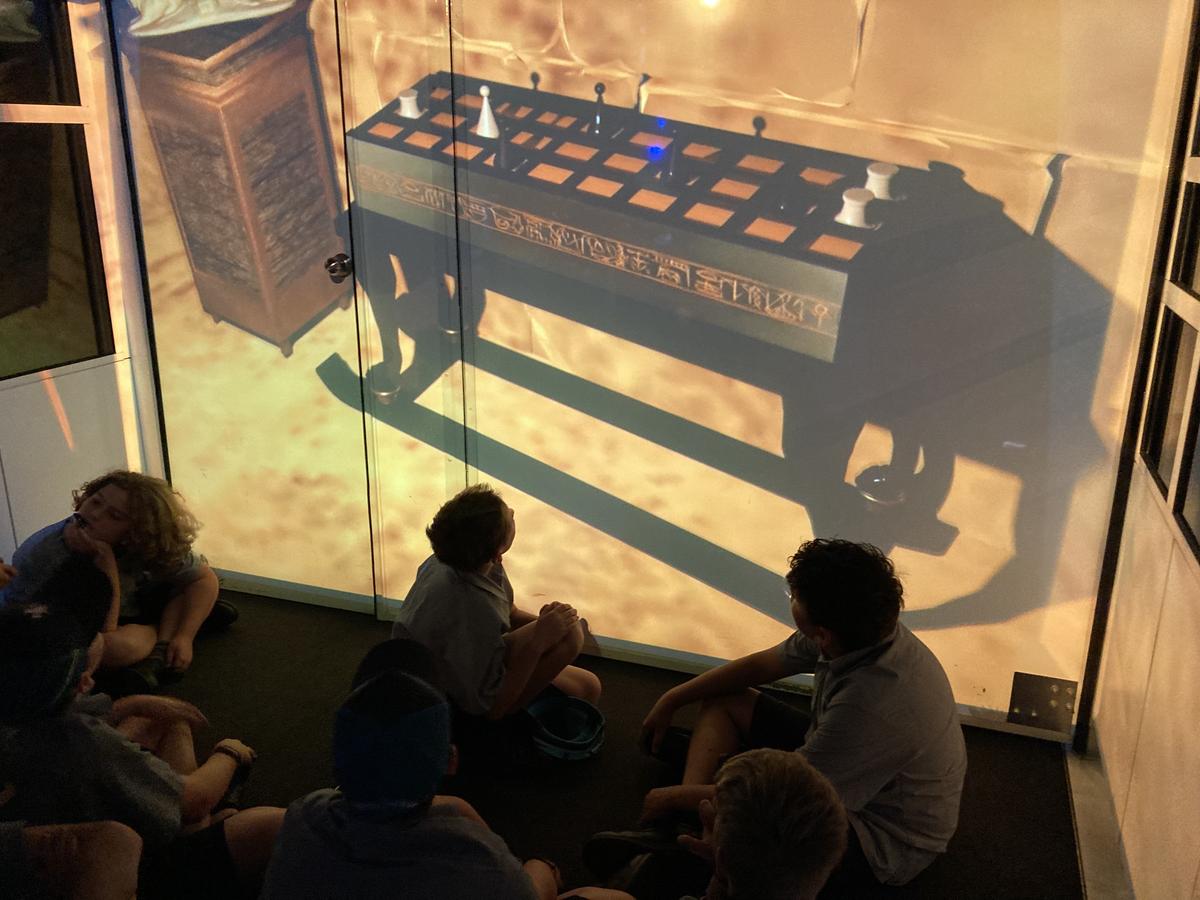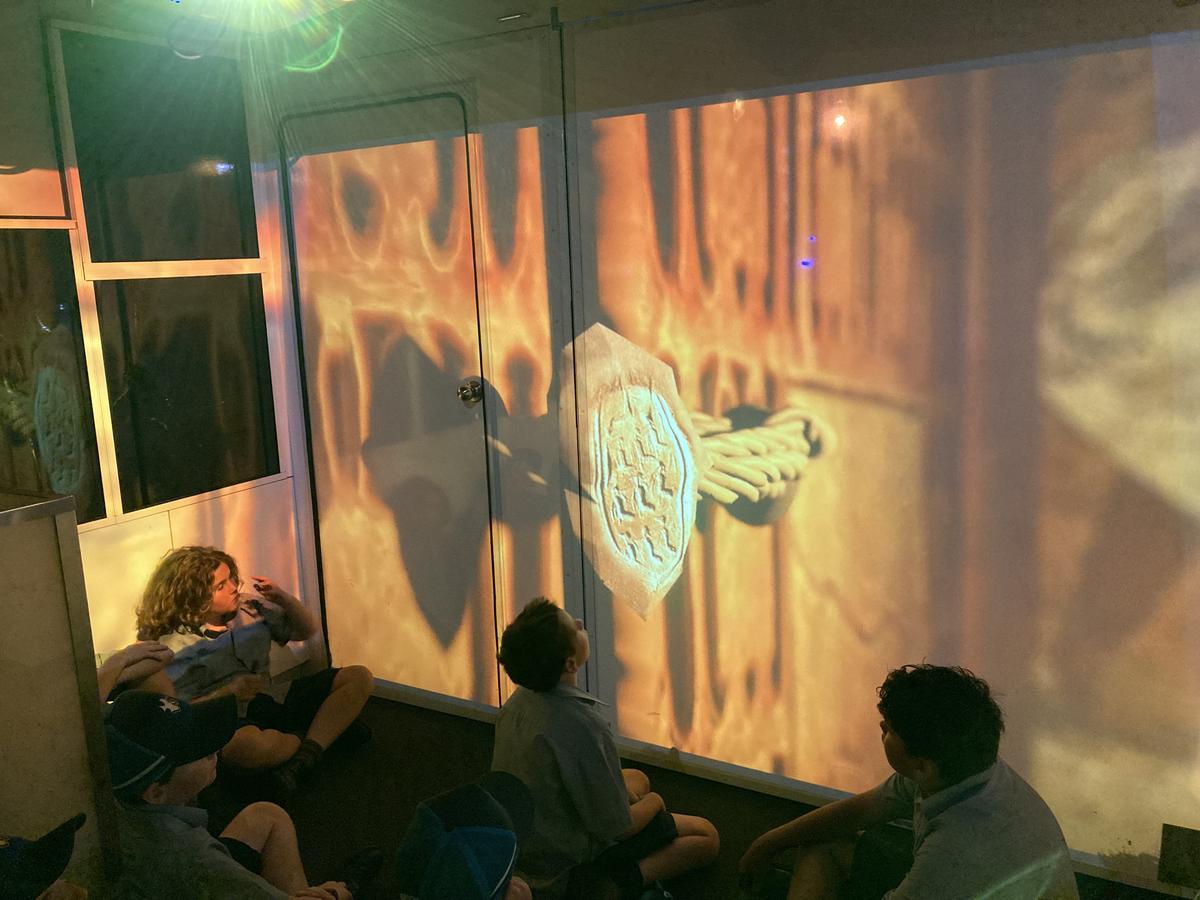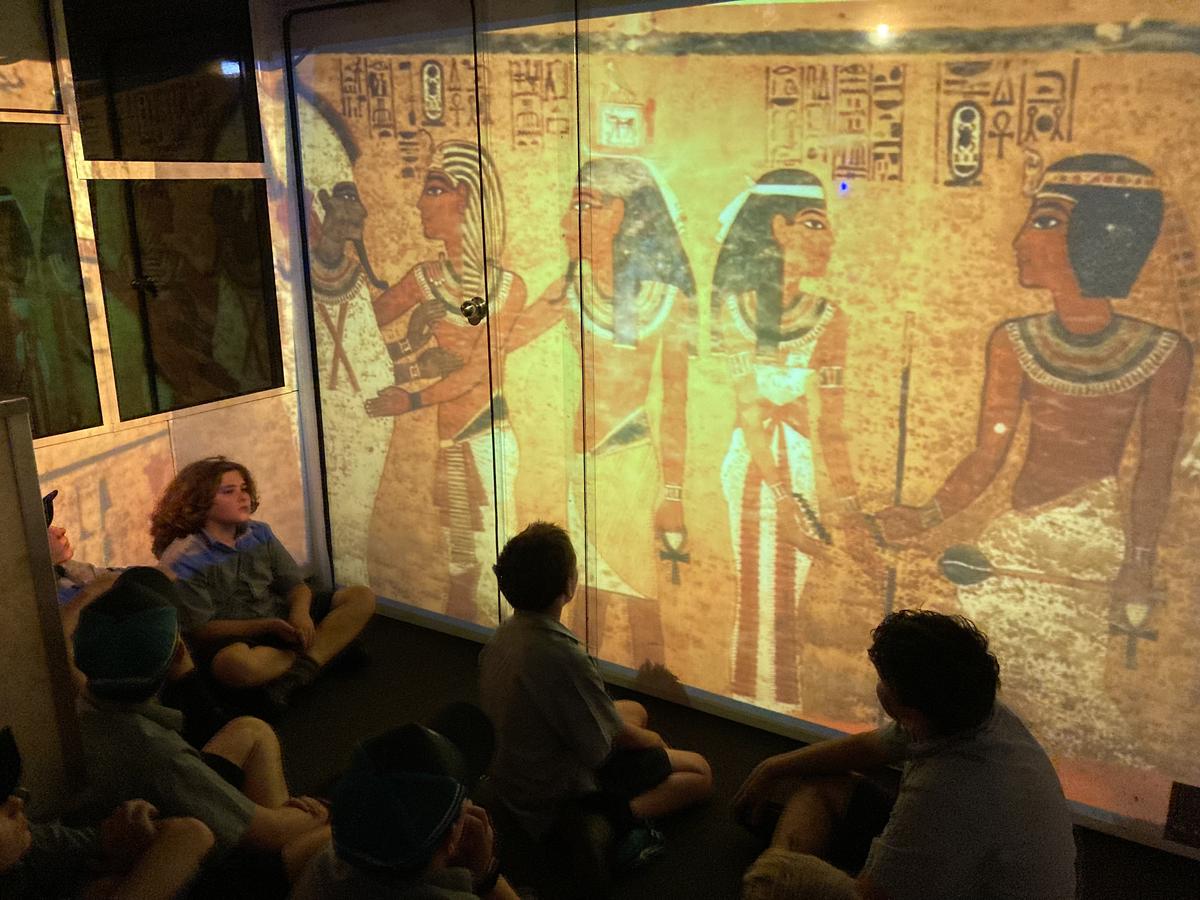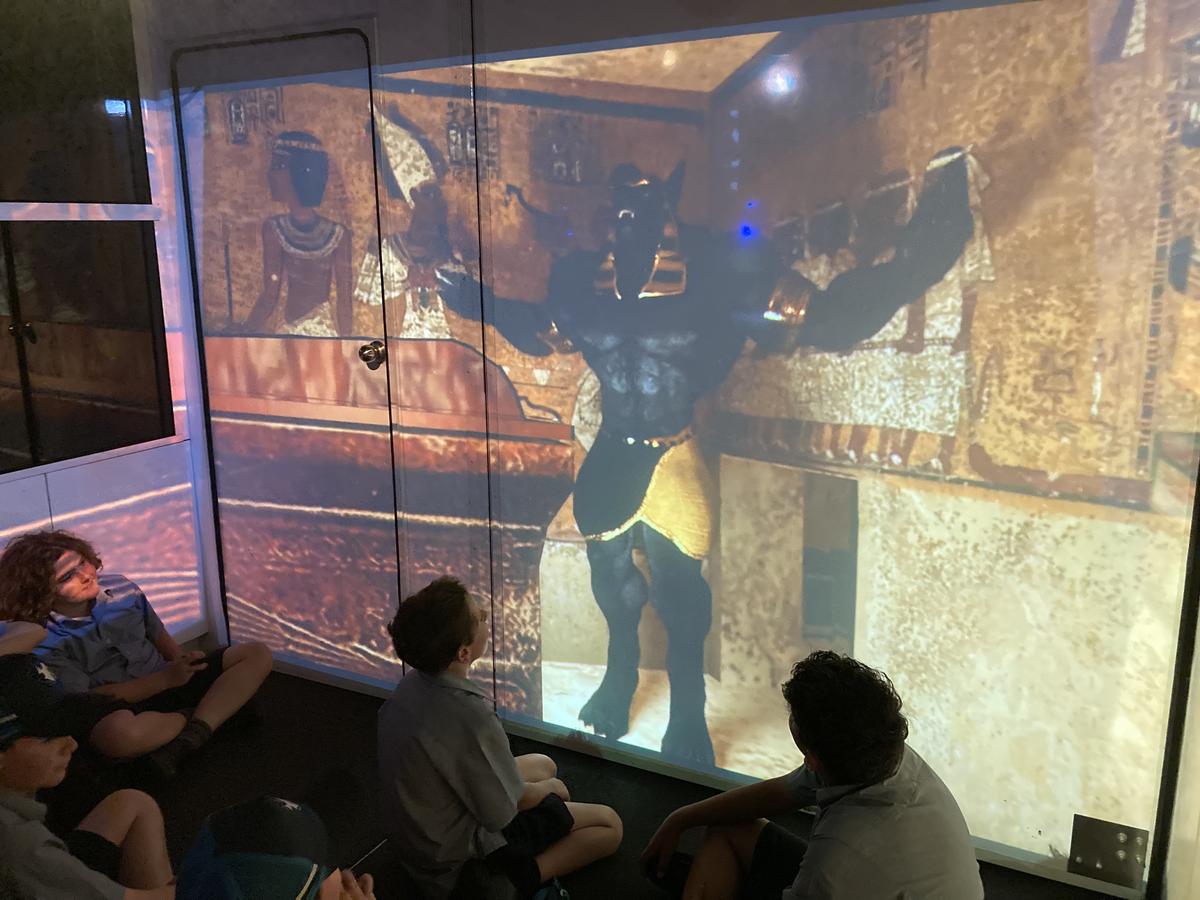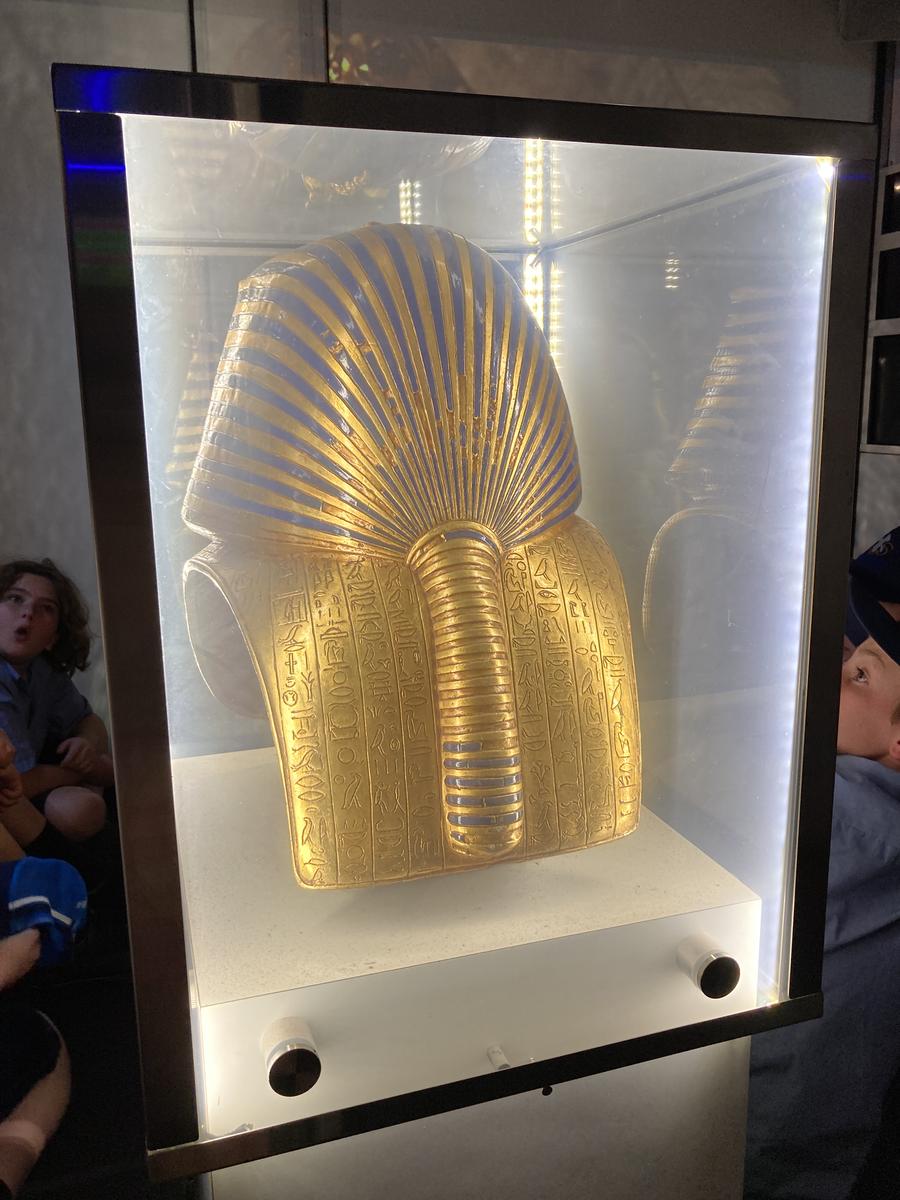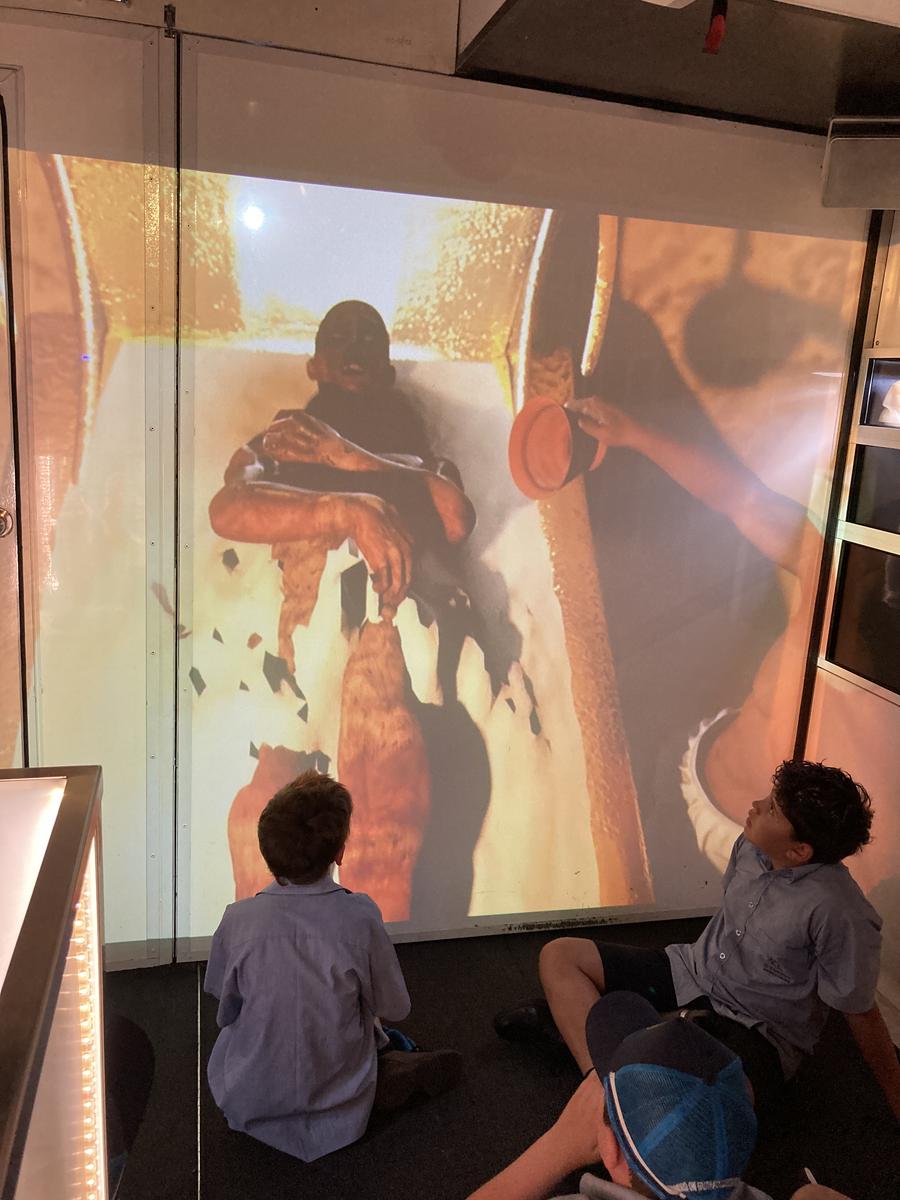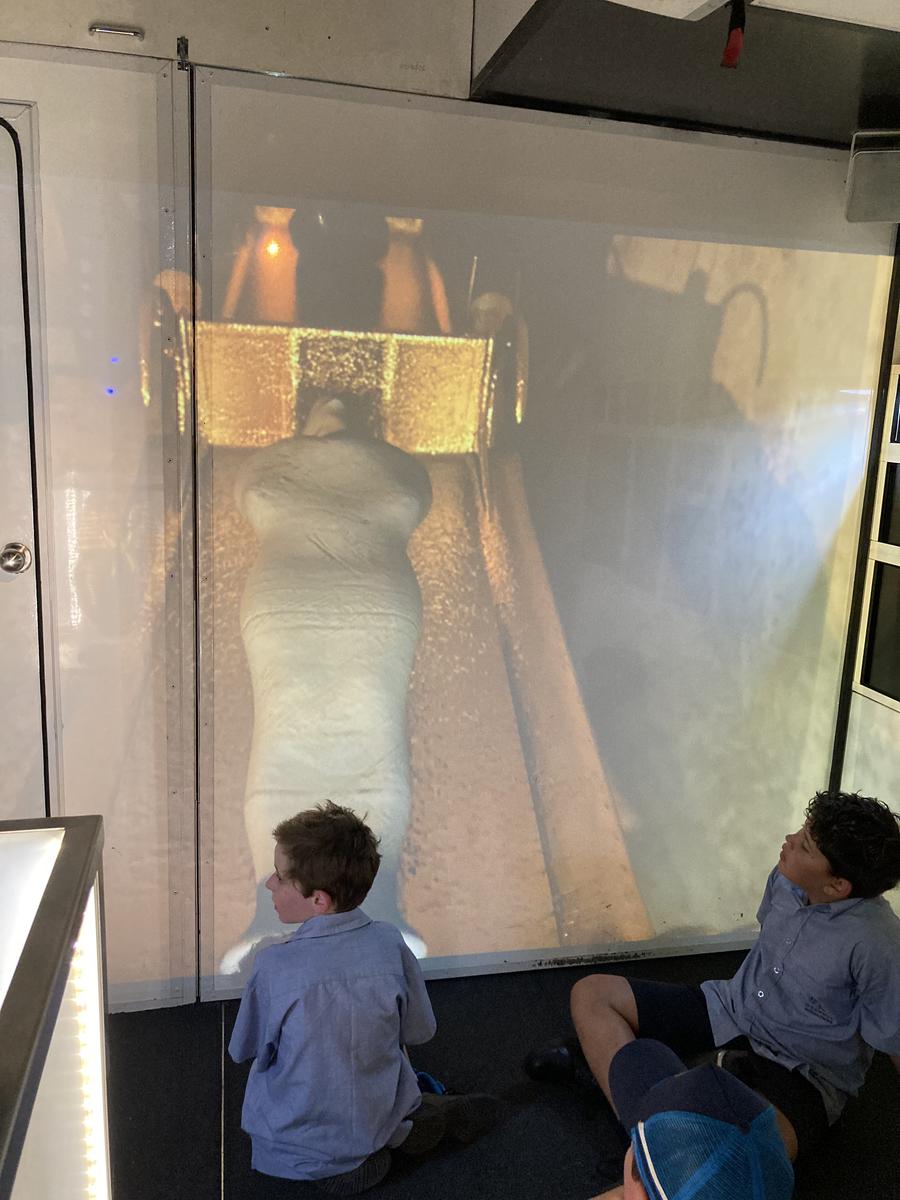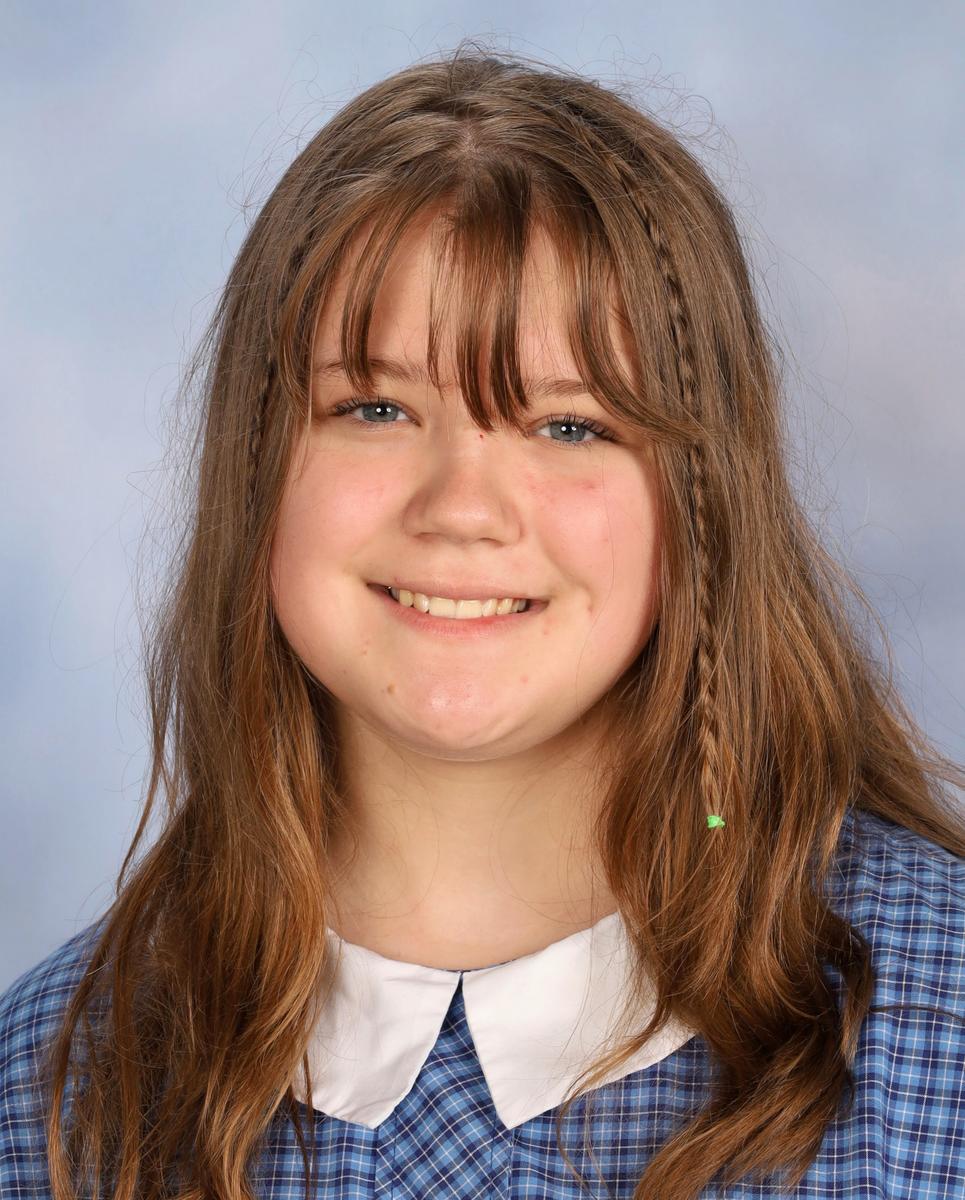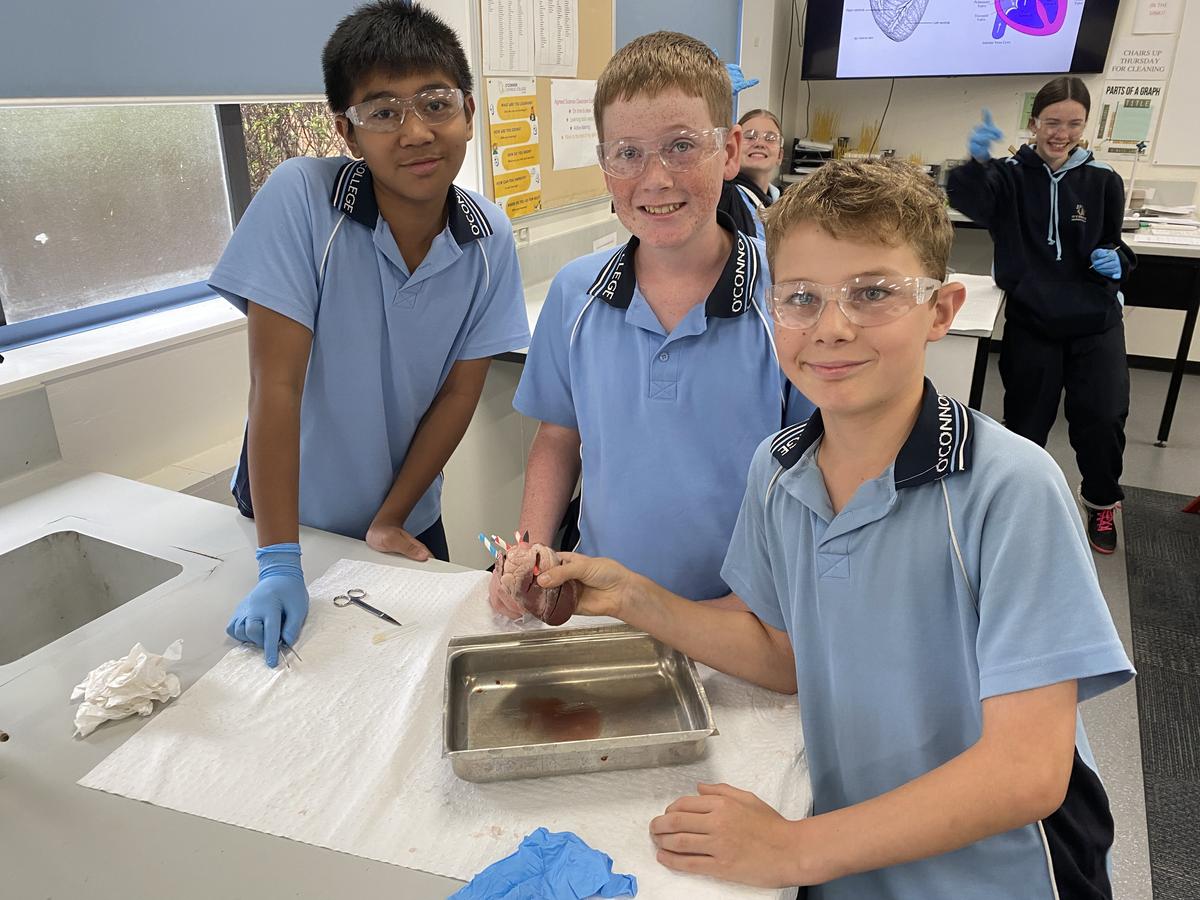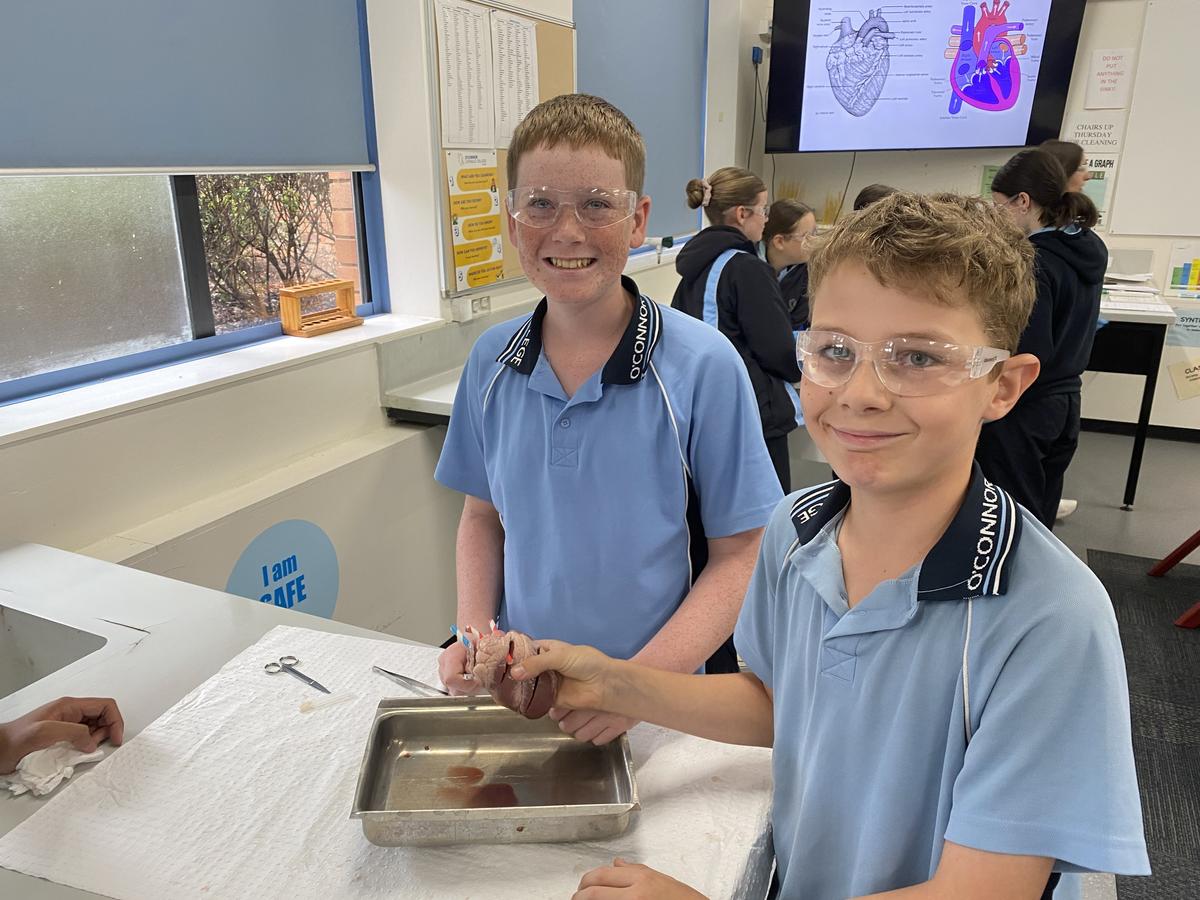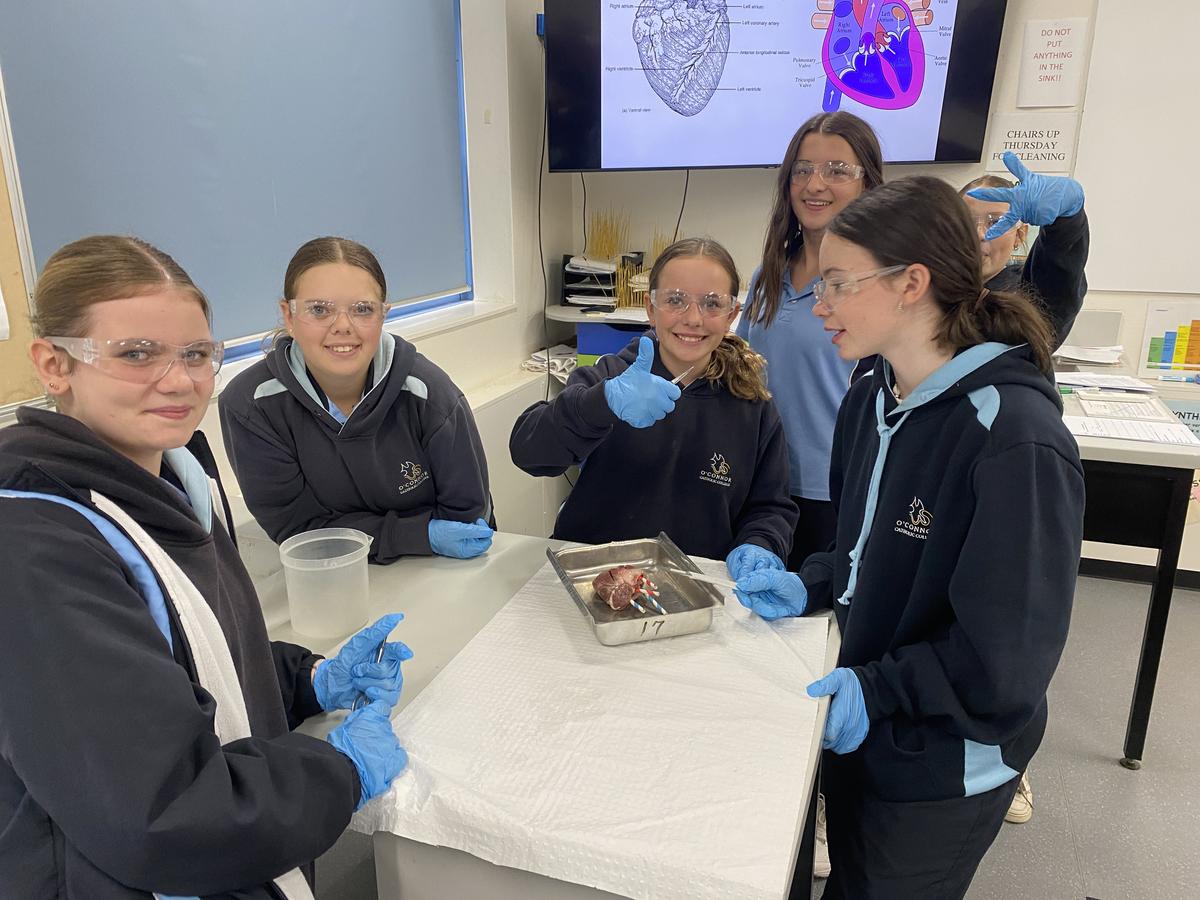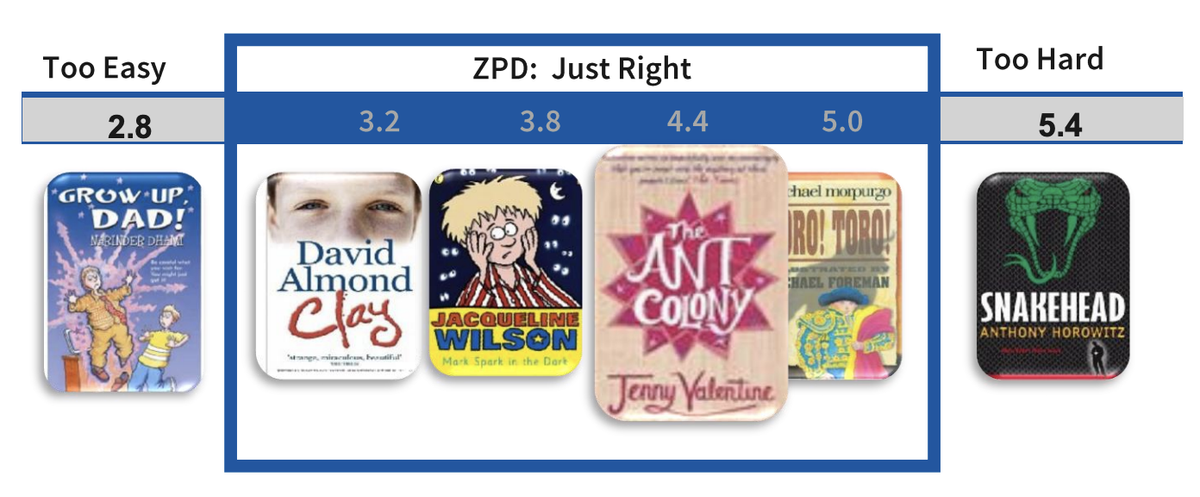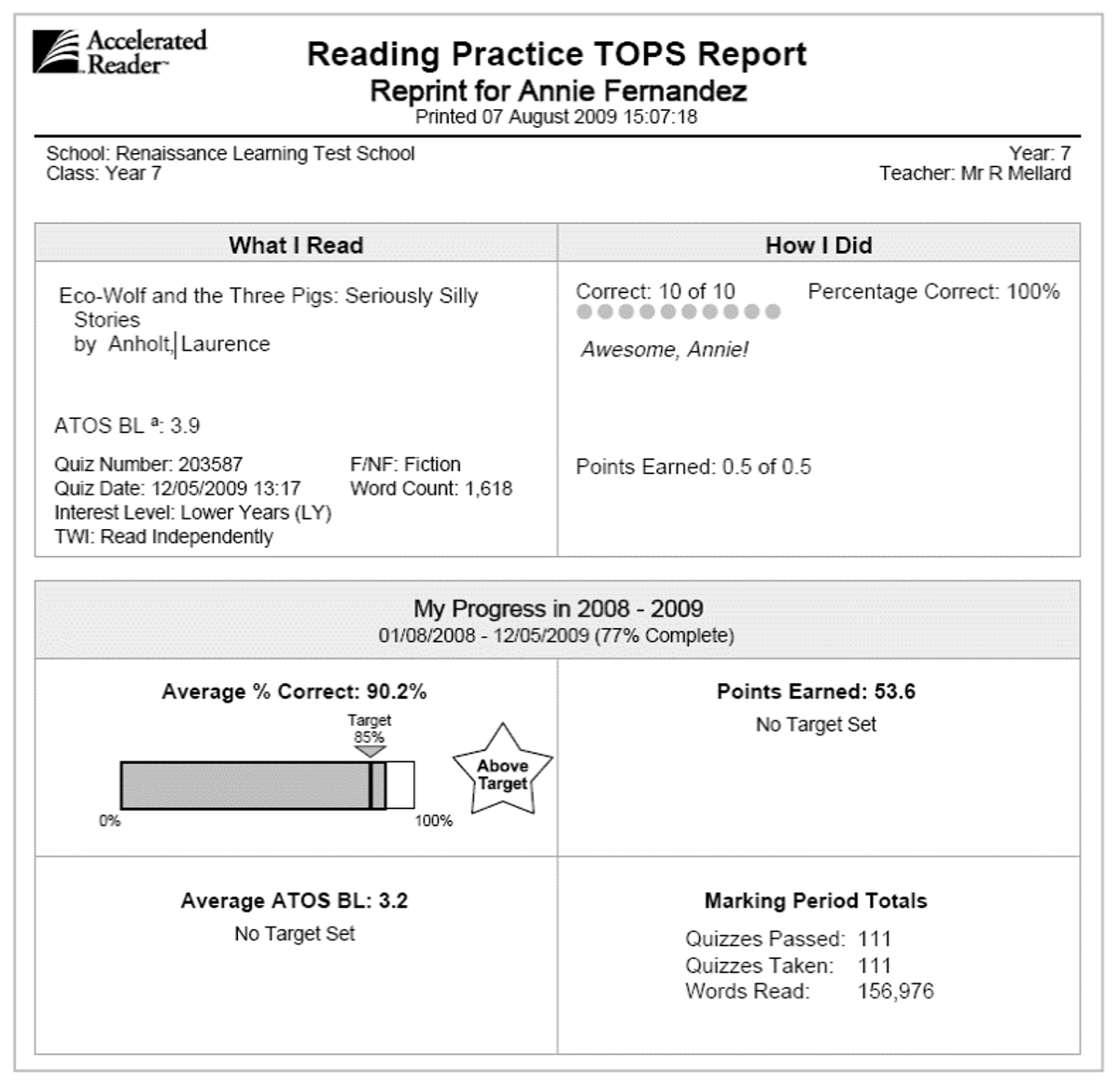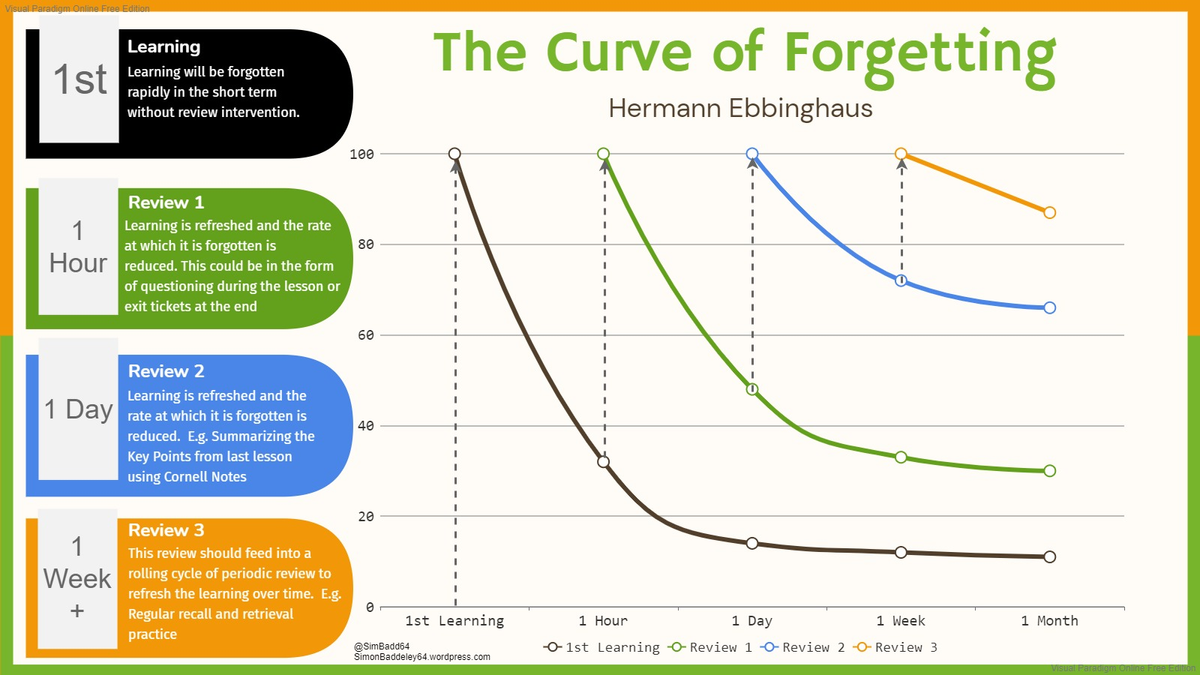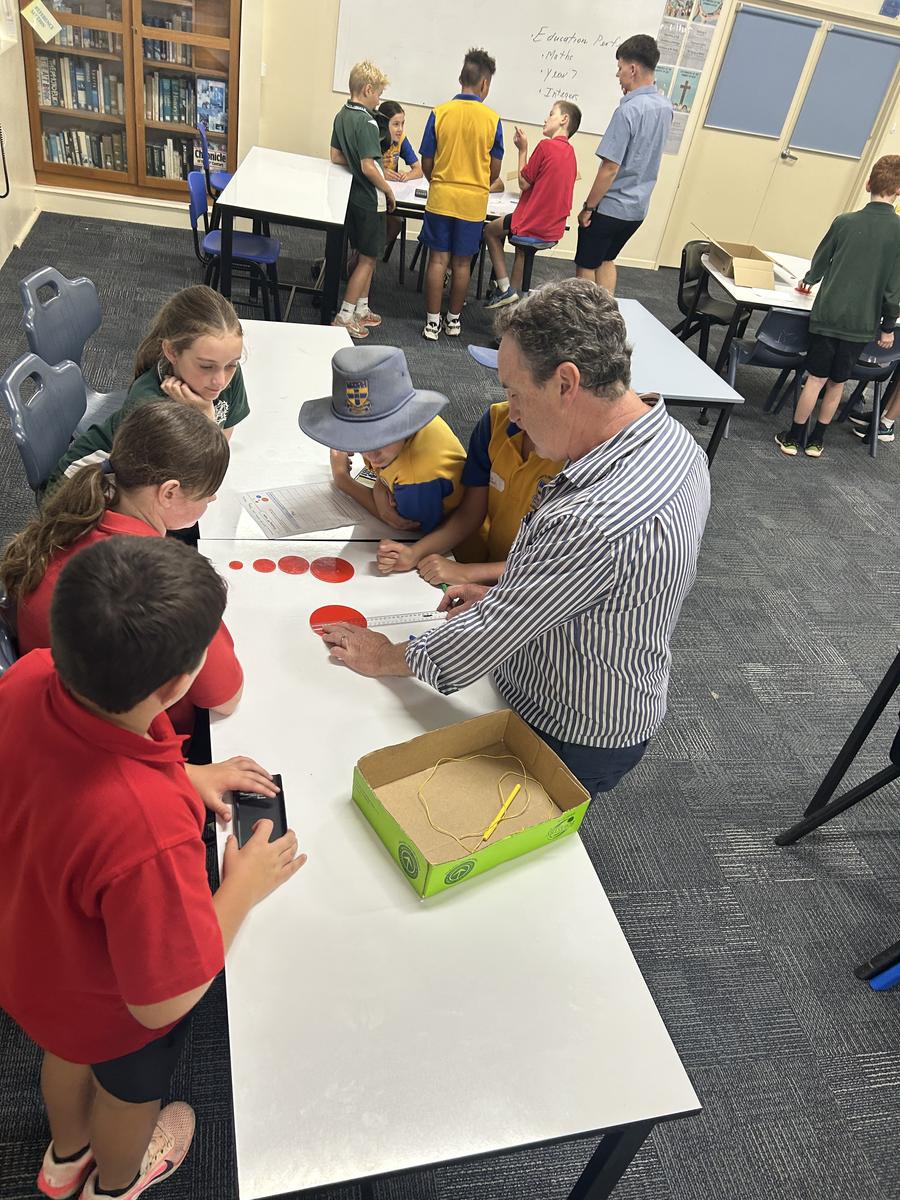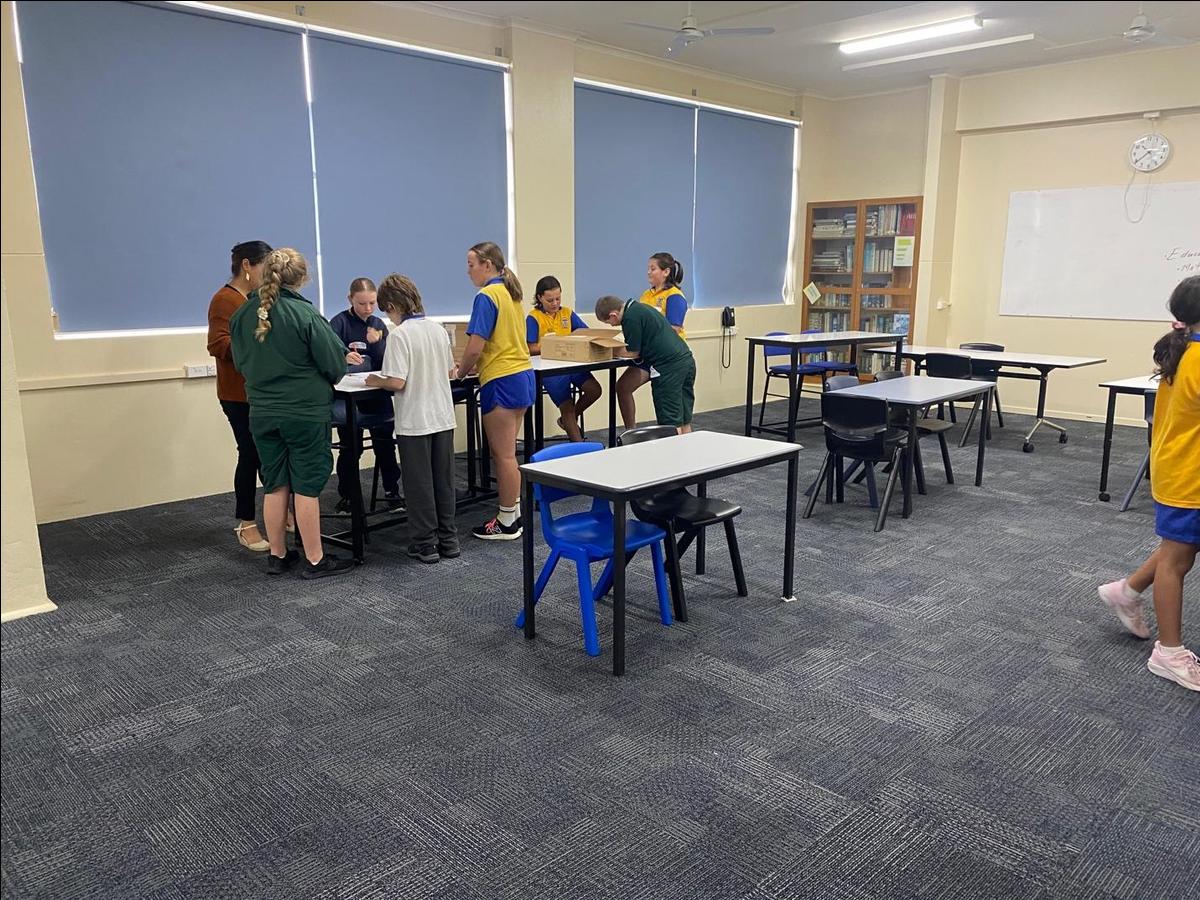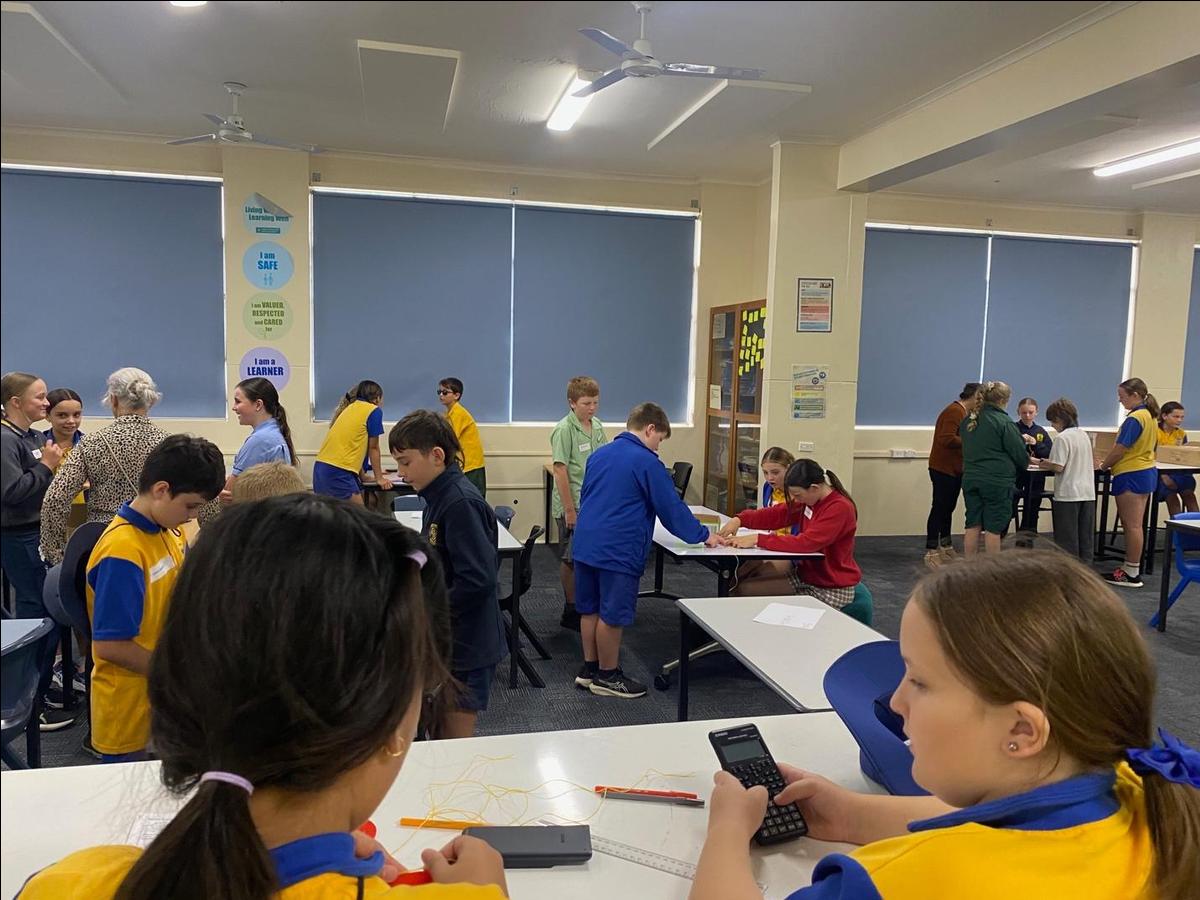KLA News
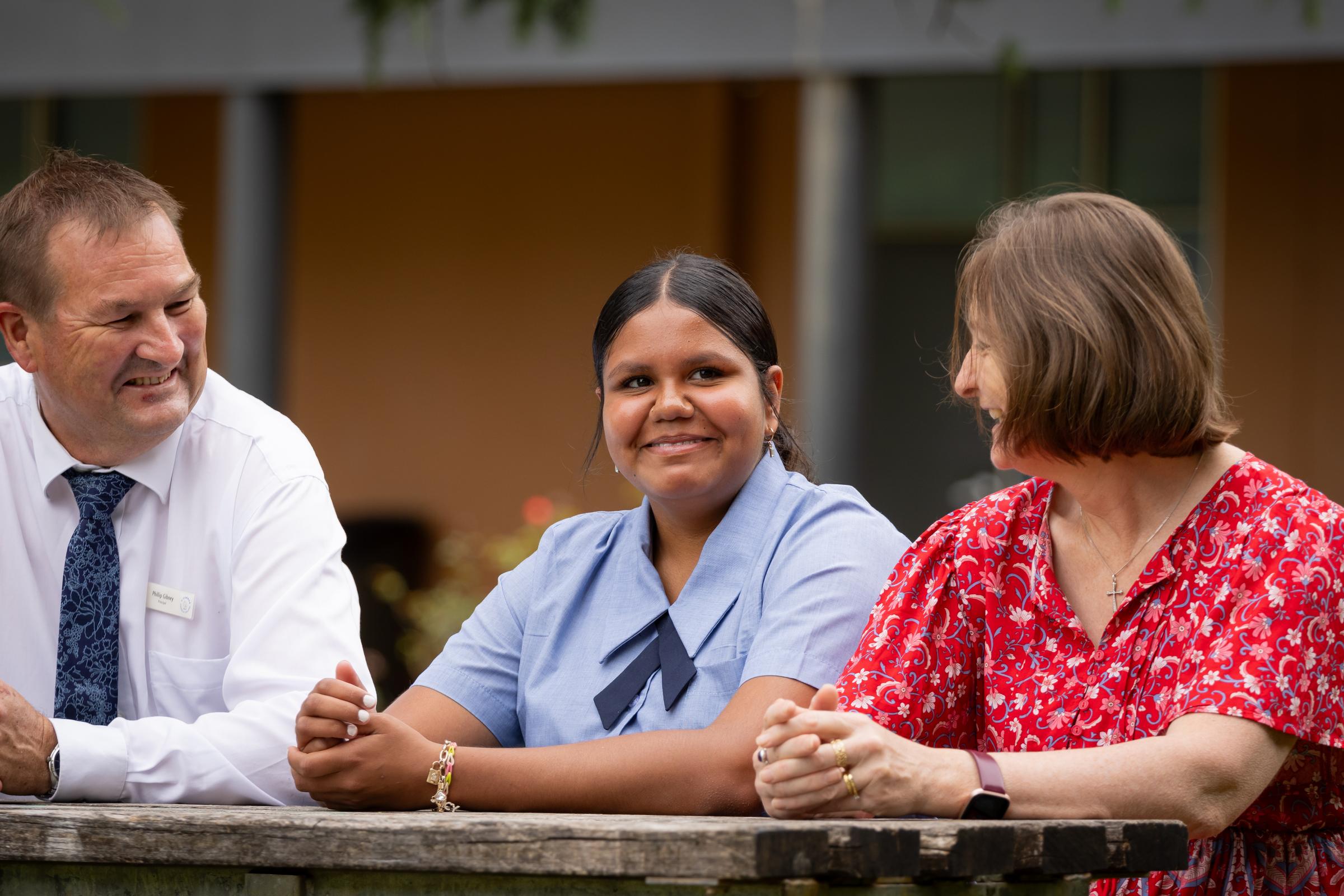
PDHPE
Fast approaching is O’Connor’s Cross Country Carnival at the end of Term. The 2025 O’Connor Cross Country Carnival is set to take place on Friday the 11th of April at approximately 2pm. During PDHPE lessons closer to the Carnival all classes will have the opportunity to walk to course and familiarise during our PDHPE lessons.
OCC CROSS
COUNTRY COURSES
3KM: 12 & 13 BOYS & GIRLS
4KM: 14 & 15 BOYS & 14, 15,16, 17 GIRLS
6KM: 16,17,18 BOYS & 18 GIRLS
There is no better time than now for all students to commence their Cross Country training program if they haven’t already. An easy way to increase your fitness on the weekends is to join the Armidale Park Run, a free, family friendly 5km running event that operates every Saturday at 8am at Sport UNE. It doesn’t matter if you run, jog or walk, this event caters for all ages! https://www.parkrun.com.au/armidale/ You may even spot some of your teachers here working on their fitness! Another easy way to start your run journey is outlined in Couch to 5kms
https://www.runnersworld.com/beginner/a40267826/couch-to-5k-runners-program/
No matter your fitness level, every runner starts somewhere, and there is no better time to start than today!
Mrs Camilla Clydsdale
Leader of Learning, PDHPE
TAS
Food Technology
In the Yr 8 Food Tech unit 'Fantastic Food', we are learning to modify a range of recipes to suit the specific needs of teenagers. We are considering the role of Protein, Vitamins, Minerals, Carbohydrates, good Fats and Water in the diet. Next week we will be preparing these modified recipes in class.
In the Yr 7 Food Tech unit 'Farm to Fork', we are learning to design an Aussie Burger that incorporates ingredients that can be grown locally to support our Aussie farmers. Students will be designing these in the coming weeks and will prepare these recipes in class before the end of the term.
Textiles
The first group of year 7 Textiles students earnt their sewing machine licences this week. They have been practicing speed, threading and safety and will now begin construction of their aprons in preparation for the Food Technology unit in term 2. Well done Year 7!
Show Success
Success at the Armidale Sho for Year 10 Textiles students, who designed and made soft toys. They enjoyed the unit, which allowed creativity in design and fabrics, developed some sewing skills, and they also had fun at the same time.
First Place - Johanna Chin
Second Place - Aimee Turk
Third Place - Sariah Hall
Highly Commended -
Alice Hone, Kayden Perkins, Ebboni Brown
Mr Jon Hawthorne
Leader of Learning, TAS
HSIE
YEAR 8 and THE WATER CYCLE
Year 8 have been studying the Water Cycle as part of their unit on Water in the World. To help see the process of the Water Cycle some of the classes completed a practical component. This involved creating the Water Cycle in a Bag. Students were able to see some of this process in action.
Below students share their recounts:
We made the water cycle in a bag. We did this by mixing water and food dye together then putting it in a bag. After that we waited,the next time we looked at it there was condensation forming on the inside of the bag. This happened because the water in the bag started to evaporate after it had been in full sunlight all day.
Miss Leggatt's bag however did not begin to evaporate for a loner time because it was on the other side of the room so it did not get the same amount of sunlight causing the process to take longer. Even after a while Miss Leggatt's bag did not fully complete the cycle. This goes to show that the sun has a large impact on the water cycle as it would not happen without it.
Bonnie
A few weeks ago we made the water cycle in a bag, by getting a ziplock bag and pouring some water in it then we added some blue food colouring to the water. Next we taped the bag to a window so that the water evaporates. Only the water evaporated and it left the food dye at the bottom of the bag this shows that even if the water is mixed with other materials only the water evaporates.
Anonymous
Last week we did an experiment where we are exploring the water cycle (How it rains and the water separates) in a simple and fun way. This test was easy and simple.
First we put together a water cycle snap block bag by drawing the sun and ocean including blue water. (Water and blue dye) We then tape it up on the window where the sun is mostly. Mrs leggatt put another one on the other window facing away from the suns detection, this caused it to have less condensation (Rain) then the other bags. Mrs leggatts one still had the condensation on the wall of the bags but not as much as the others this is because there is not that much heat reflecting on the bag. The bags on the other window had lots of water droplets creating a rain affect of how the cycle works from creating clouds, the sun evaporates and makes condensation with water and we then get rain.
Olivia
The water cycle is an infinitely repeating process where water goes through multiple stages. Even though the water cycle is happening around us every day we cannot see it happen so we recreated the water cycle in a bag, using a ziplock bag and filling it with water. And blue food colouring, so we could see up-close how the cycle worked up close.
There are two versions of this experiment. One version of the ziplock bag was taped onto a window where it was directly exposed to sunlight, and the other version was put into a spot where sunlight could not reach it.The experiment showed that the evaporation of water by sunlight was essential to the water cycle. The ziplock bag which was not exposed to the sunlight had evidence of little to no evaporation occurred which made the water not go through the stages of the water cycle. Whereas the zip-lock bag that was exposed to sunlight was exposed to sunlight has evidence of evaporation as well as condensation which meant that the water cycle was actively happening inside of the zip-lock bag.
Ethan
In 8GEO1 we have created a water cycle in a small plastic bag. We achieved this by adding a small amount of water to the bag, adding food dye and drawing a small environment on the bag using markers. We conducted this experiment to perform multiple different tests. One of which was to see whether the food dye would evaporate with the water, it did not. The reason for this is because the food dye is too dense to be able to turn into vapor. The main reason for this experiment is to see exactly how the water cycle works, focusing on mainly evaporation, condensation and precipitation, we had used small plastic bags as you can see through them. We have hung them on a window, leaving one on the other side of the classroom to show that the sun is needed for water to turn into vapor and evaporate. To sum up, we have conducted a small experiment to see how the water cycle works, using food dye to show that it cannot be evaporated because of its density.
Kotaro
We have made the water cycle in a bag because we are exploring the water cycle. The water cycle was done with the bags sitting in the sun to make it as accurate as possible to the real water cycle. The water in the sun was evaporated into water vapour but didn't leave the bag instead it sat in the bag making little water droplets at the top of the bag showing condensation. When the bag was tapped the droplets fell back down into the water making it "rain" in the bag. The cycle repeats itself due to the water cycle being an endless cycle. However Miss Leggatt's water cycle bag was put out of the sun making the process a lot slower due to the sun being needed to evaporate the water to then make condensation. Due to hers not being able to get enough sun the cycle has gone very slowly with only a little to non condensation while the bags with the sun have a lot of condensation. Miss Leggatt's bag for the water cycle has gone slowly due to it being only able to get a little bit of sun due to it being on an inside window. While the other bags have a lot more sun because they are on a window where the sun can always reach the bags. This makes a very good control due to showing the sun is need to complete the water cycle.
Scarlett
The water cycle in a bag. Firstly we had put our names and drew some designs on the plastic bag to represent the sun and clouds following that we filled the plastic bag with a little bit of water and put a few droplets of food colouring to represent the surface water. We stuck them on the window exposed to the sun we left them there for about a day and the sun could heat the water to evaporate it into vapour once the water was turned into vapour the bag steamed up turning foggy the sun heated up the vapour making it precipitate and little droplets of water ran off the sides gathering up into the water. We made these water cycles in a bag to further our understanding in the water cycle. The results were what we expected because just as the water cycle the water cycle in a bag they had the same outcome.
Robel
In class we created a water cycle in a bag. We did this so that we could see the enclosed cycle of water and how it never disappears. First we got a plastic ziplock bag between two and drew our names and a picture on the bag, we then filled it up with a few centimetres of water and added 2 drops of blue food dye to see the water evaporate and leave the colour behind. Afterwards we taped them all together on the window so the sun could reach them, it has now been around a week and we can see the condensation on the edges of the bag , it is clear because the cycle only evaporates water not other substances such as food die. The aim of the water cycle in a bag was to see the cycle that happens on earth with our water and the condensation on the bag.
Charlotte
The water in a bag experiment is where you fill up to a quarter of a plastic zip lock bag with water and then dye the water blue, you do not need to dye the water blue but it makes it easier to see the water, after you fill the bag up with water, you zip the bag up, and you make sure that the bag is zipped tight. after all these steps are done, you tape the bag up to a window, make sure that sunlight can come through the window, so that the water can evaporate. The water is left on the window and turns into water vapour, since the bag is closed tight, the steam won't escape, so the steam is left in the bag, as you probably already guessed, the steam will turn back into water and rain down into the bag, so basically, this whole experiment is like a mini water cycle in a plastic bag.
Daniel
Tutankhamun Roadshow
Week four of this term was all about the Tutankhamun Roadshow. In its own words, the Tutankhamun Roadshow is a world class, museum quality travelling exhibition which brings the wonders of ancient Egypt to school communities and students who may not have to opportunity to visit museums and exhibits in the capital cities. The roadshow includes state-of-the-art multimedia displays and includes both authentic and full-size replica artefacts from Egypt and the Near East. Students moved through three theatrettes which told the stories of the Rosetta Stone and Champollion’s cracking of the hieroglyphic code; Howard Carter’s discovery of Tutankhamun’s tomb and the discovery of the Dead Sea Scrolls.
Mrs Cherie Stoessel
Leader of Learning, HSIE
CAPA
Creative and Performing Arts at O’Connor.
Congratulations to Olivia McCann for winning Artist of the Month for her wonderful art diary title page.
Our extra-curricular groups are up and running and getting ready for Armidale Eisteddfod. Please make sure you come along to all rehearsals. These programmes aim to extend and enrich the opportunities offered to students in the classroom.
Drama Club. Tuesday. Break A, Drama Rooms with Miss Plane
Beginner Trumpet & Saxophone. Tuesday Break A, MPA1 with Mr Myers
Jazz Band. Tuesday Break B, MPA1 with Mr Myers
Vocal Ensemble. Wednesday Break B, MPA1 with Miss Sampson (invitation only)
Advanced Saxophone. Thursday Break B, MPA1 with Mr Myers
Concert Band. Friday Break B, MPA1 with Miss Sampson
Students who are interested in being in the Drama Eisteddfod (Sunday, May 18th till Tuesday, May 20th) should join the google classroom (qcegn6g) and fill out the form ASAP. Entries need to be in by 9am March 14 Friday. Any questions see Miss Plane.
The music rooms are not a wet weather area. Priority usage of the music rooms is given to elective students and school approved ensembles. Three people maximum are permitted in the practice rooms. No food or drink is permitted in the music rooms.
A reminder that private Instrumental lessons are offered during school hours upon arrangement. These are delivered by visiting tutors from NECOM. Private Lessons are available for piano, guitar, drums, voice, flute, clarinet, saxophone, trumpet, trombone, violin, viola, and cello. Lessons start from $420 (9 x 30 min lessons/ term) payable to NECOM.
For further information in all these matters, contact Mel Sampson (Leader of Learning, CAPA) via email: msampso1@arm.catholic.edu.au
Miss Melanie Sampson
Leader of Learning, CAPA
Science
Science Learning in Term 1
Dear Parents and Guardians,
We are now halfway through Term 1, and our students have been busy exploring fascinating scientific concepts through hands-on experiments and investigations. It’s been wonderful to see their enthusiasm for science grow as they dive into new topics. Here’s a recap of what each year level has been learning so far!
Year 7 – Science Safety and Water Purification
Our Year 7 students began the term by mastering science safety in the lab, ensuring they can confidently and safely conduct experiments. They have since moved on to separating substances, using techniques like filtration, evaporation, and distillation. Recently, they investigated water purification, learning how to make water safe to drink—a vital real-world application of their studies!
Year 8 – The Building Blocks of Life
Year 8 students have been exploring cells—the building blocks of life! They’ve examined cell structures, the role of different organelles, and how cells work together in the body. One of the highlights of the term was their heart dissections, where they got a hands-on look at the chambers, valves, and blood vessels of the heart. This was an eye-opening experience that brought their learning to life!
Year 9 – Maintaining Balance in the Body
Year 9 students have been investigating homeostasis, the body’s way of keeping everything in balance. They’ve explored how the endocrine system uses hormones to regulate important functions like blood sugar levels and metabolism. A key focus has been diabetes, helping students understand its causes, effects, and management. This knowledge has sparked important discussions on health and wellbeing.
Year 10 – Genetics and Evolution
Year 10 students have been diving into genetics and evolution, learning about DNA and how traits are inherited. They’ve explored how species adapt to their environments over time and investigated real-world examples of natural selection. These lessons have provided valuable insights into how life on Earth has changed and continues to evolve.
Looking Ahead
With the second half of the term still to come, students can look forward to more experiments, investigations, and scientific discoveries! We encourage parents to ask their children about what they’re learning and explore these topics together at home.
If you have any questions about the science curriculum, please don’t hesitate to reach out. Thank you for your ongoing support in fostering a love for science in our students!
Mr Daniel Fittler
Leader of Learning, Science
English
Year 7 Reading
As part of a focus on literacy development across the Armidale Catholic Schools Diocese, O’Connor Catholic College Armidale is focusing on developing the reading, comprehension, literal and inferential skills, vocabulary, punctuation and grammar of students. In order to achieve this goal of moving all student learning forward, Year 7 students in 2025 will participate in the Reading Renaissance program. This is a cycle of reading, assessment and feedback that is designed to improve overall literacy.
What is Renaissance?
The Renaissance program was first designed in 1988 by Judi and Terry Paul, who designed a program to assist their son in developing his reading skills. As founders they focused on creating a dynamic practice through a digital platform to assist students in developing their reading and comprehension skills. Their mission is to accelerate learning for all, with a partnership between parents, students and teachers.
How does the program work?
Year 7 students will begin in Week 5 completing the Star Reading assessment. This is a 20 minute computer adaptive test that is utilised to assess reading ability. Once students have completed the assessment, they will be provided with a personalised reading range called the ZPD. It will be the beginning of their reading journey at O’Connor Catholic College, providing data to monitor student progress over time.
Students will then select a novel within their ZPD range and begin reading during English classes and Period 3 across the school. Even as schedules fill for busy years 6-8, dedicating time for reading is as important as ever. Incorporating reading into schedules can contribute to significant achievement gains.
Students will track their reading and learning through Accelerated Reader, completing quizzes on the novels they have chosen which provide instant feedback and track scores. Students aim is to average 85% or above on their comprehension quizzes. This indicates good comprehension and will lead to greater progress in reading ability.
Below is an example report:
Over the course of the year students' progress will be monitored and the results shared with parents, carers and students in order to continue moving their literacy learning forward. If you are interested in reviewing your child's progress through the program, Reading Renaissance Home Connect provides you with updated results on your students quizzes, reading levels and Star Reading results.
Miss Lauren Donnelly
Leader of Learning, English
Mathematics
Welcome to our Mathematics Newsletter for Term 1 Week 6 2025. As we continue through the academic year, we remain committed to fostering mathematical curiosity and achievement among our students. This article will cover learning tasks across different year levels, insights into NAPLAN for Years 7 and 9, our numeracy initiatives, and one of our term 1 key events – step day.
Learning Tasks Across the Years
Students from Years 7 to 12 are engaging in a variety of mathematical challenges aimed at enhancing their problem-solving skills and conceptual understanding. Year 7 students are focusing on foundational numeracy skills, while senior students are delving into more complex topics in preparation for assessments. Across all levels, we encourage students to engage actively in their learning and take advantage of available resources.
NAPLAN for Year 7 and 9
With NAPLAN numeracy assessments approaching, students in Years 7 and 9 are sharpening their skills in numeracy, problem-solving, and mathematical reasoning. These assessments provide valuable insights into students' strengths and areas for growth. We encourage all students to practice regularly, make use of past papers, and develop confidence in their mathematical abilities.
Numeracy Initiative: The 5 Questions Approach
As part of our numeracy initiative, we have implemented the 5 Questions Approach across Years 7 to 12, grounded in the Forgetting Curve and Cognitive Retrieval Theory.
By revisiting key concepts at spaced intervals, students reinforce their learning and improve long-term retention.
In Year 7, we are also focused on Multiplicative Thinking, ensuring students have a good recall of their times tables and developing a strong understanding of proportional reasoning and number fluency.
Formal Assessments Approaching
Senior students are approaching their first formal assessment tasks for the year. It is crucial to stay organised, seek support when needed, and practice exam-style questions. Teachers are available to provide guidance, and we encourage students to utilise study groups and revision resources to enhance their understanding. We hold a free senior Maths help session every Thursday afternoon from 3:20 – 4:45 pm in UG2 and I encourage all students to come along.
Step Day
We recently hosted a large cohort of Year 6 students from our feeder schools around the area to the College Term 1 Step Day. It was an exciting opportunity for students to get a taste of secondary school and they also had the opportunity to engage in collaborative problem-solving and hands-on mathematical activities. The students worked together to explore the wonders of Pi.
Check out the pictures of some of the young Mathematicians from our step day Mathematics sessions below
Mathematics is all around
Never pass up the opportunity to recognise the role of mathematics in our daily lives. Over the weekend, challenge yourself to identify mathematical patterns in nature, architecture, and everyday activities. Whether it's budgeting, measuring, or calculating time, maths is everywhere!
Let's continue striving for excellence in mathematics. Keep learning, stay curious, and enjoy the mathematical journey ahead!
Mr Mark Harris
Leader of Learning, Mathematics

